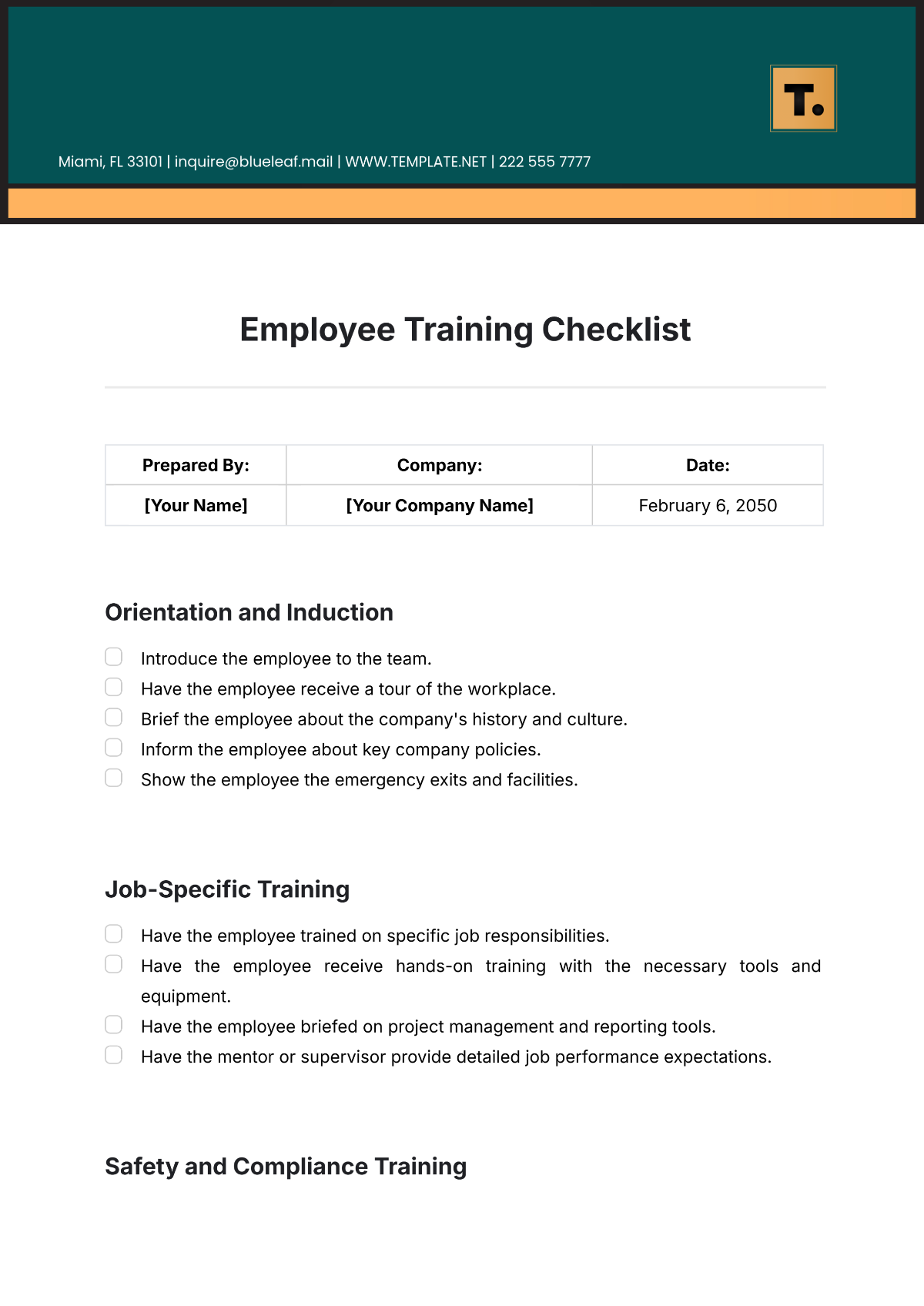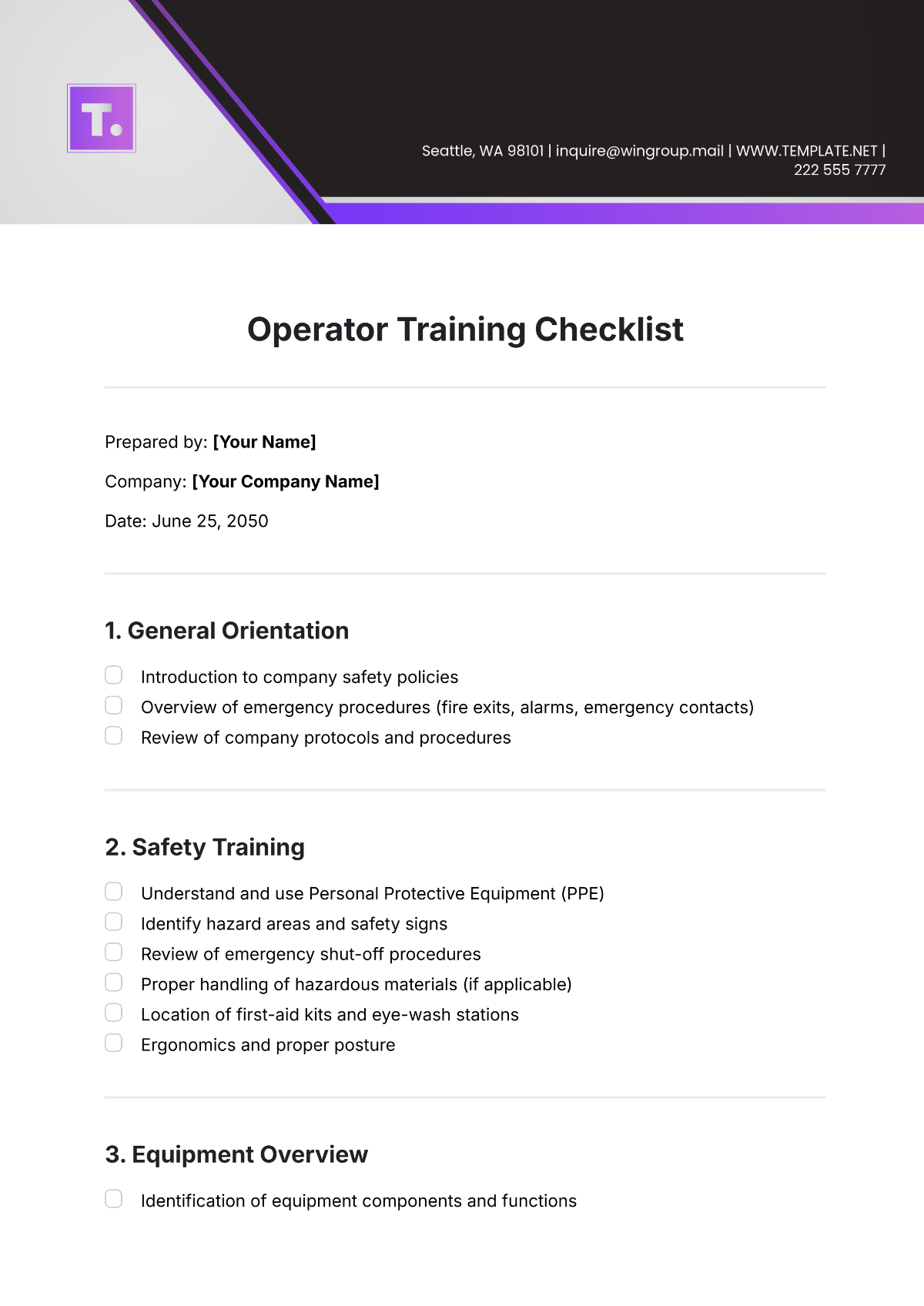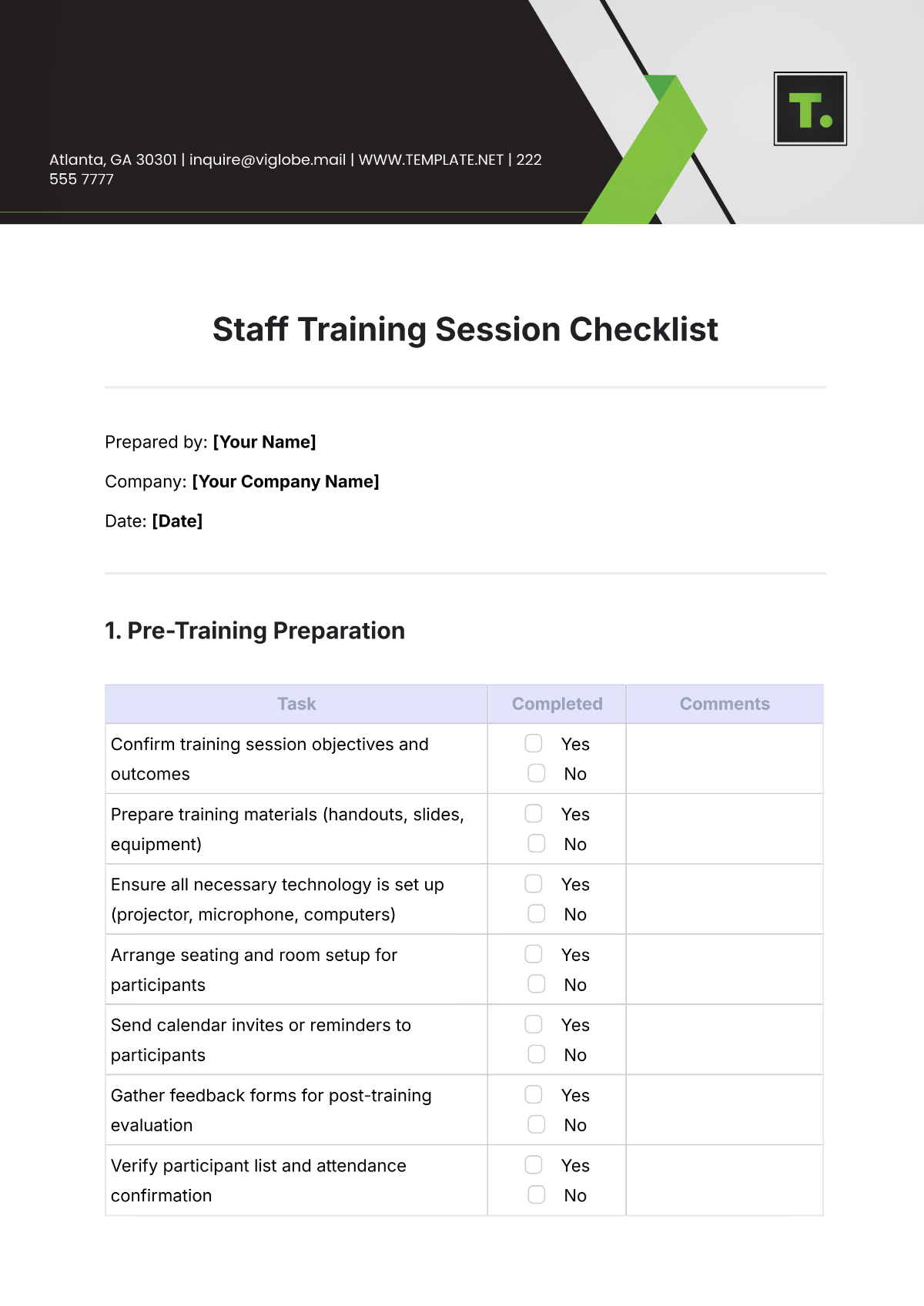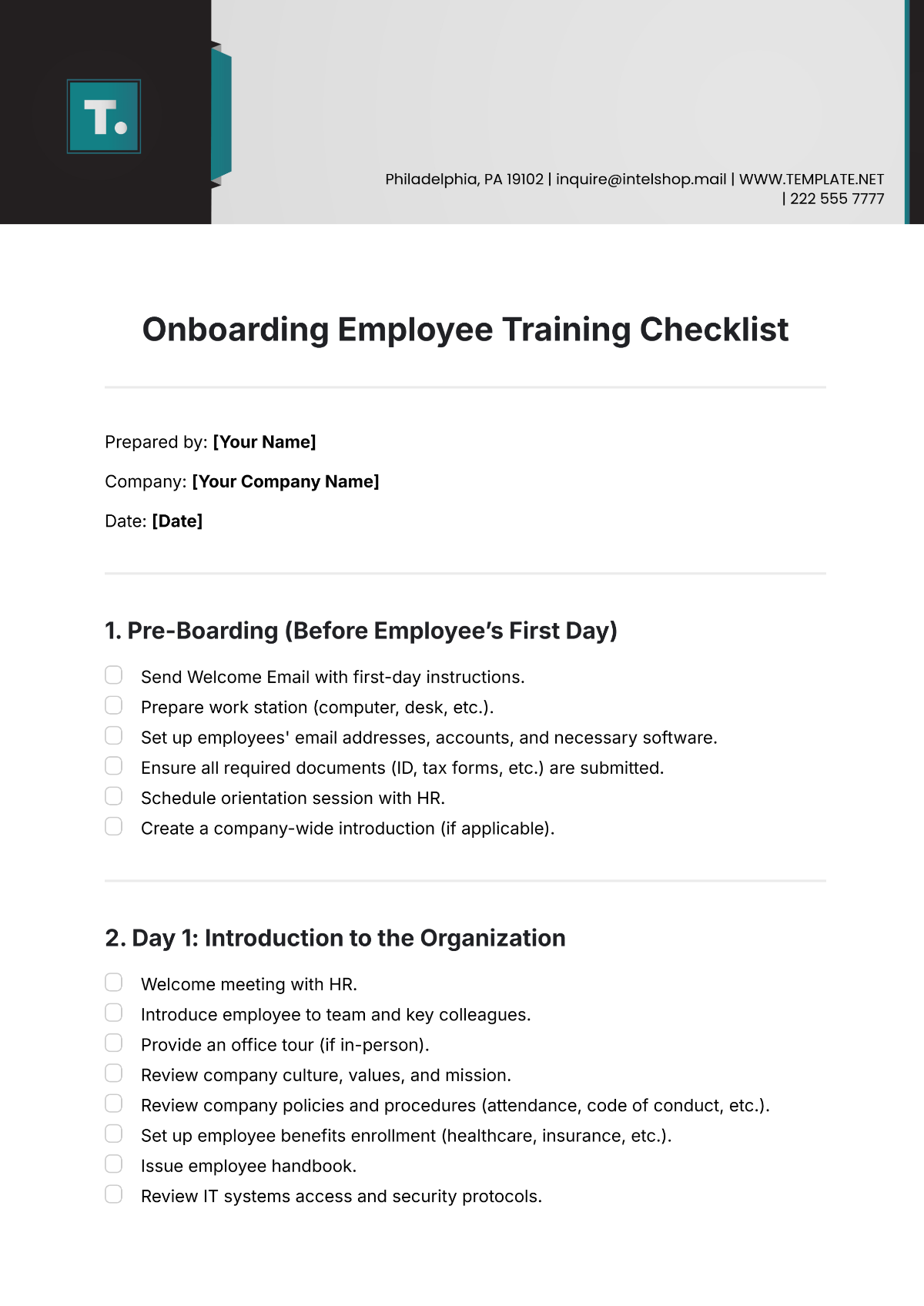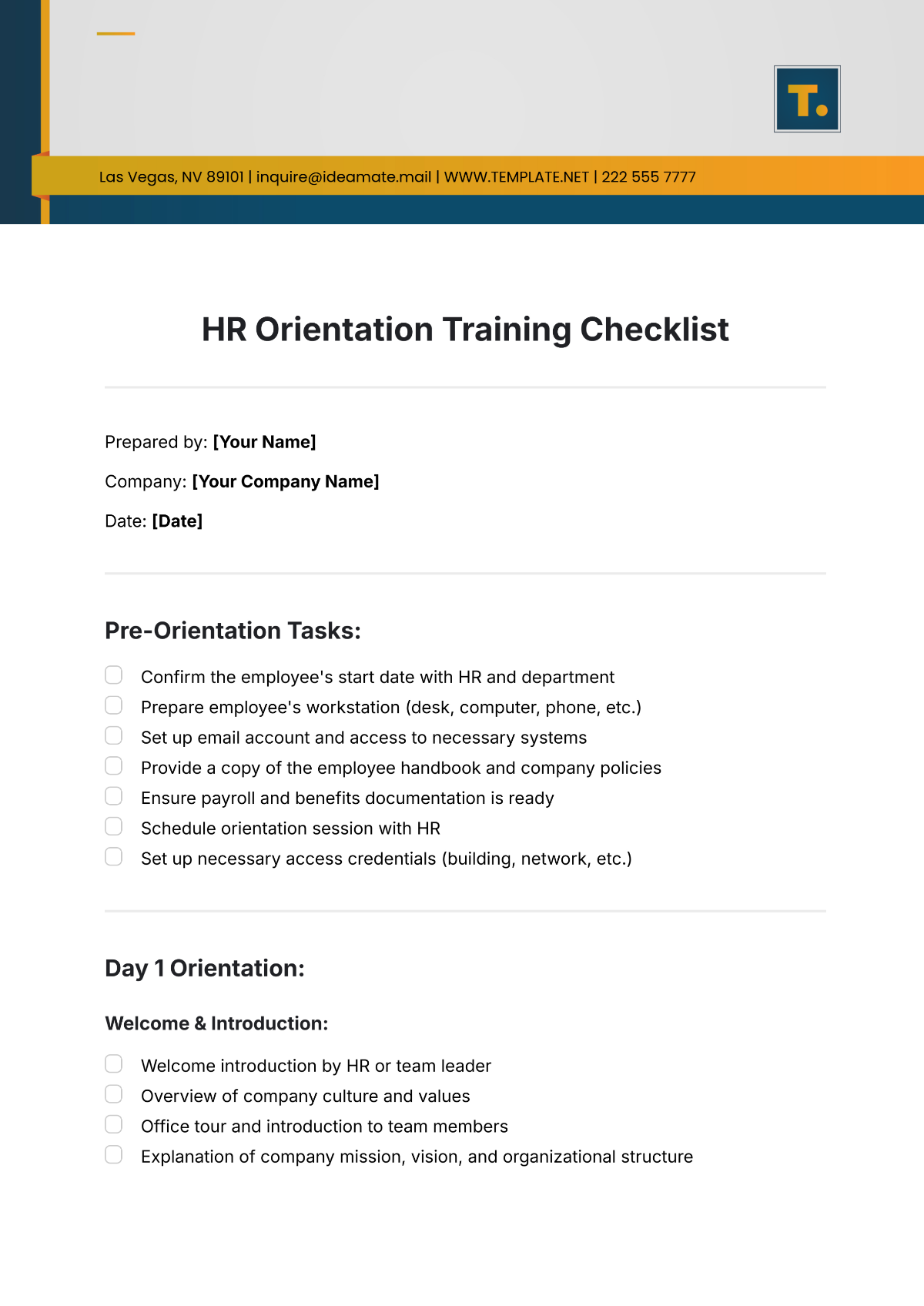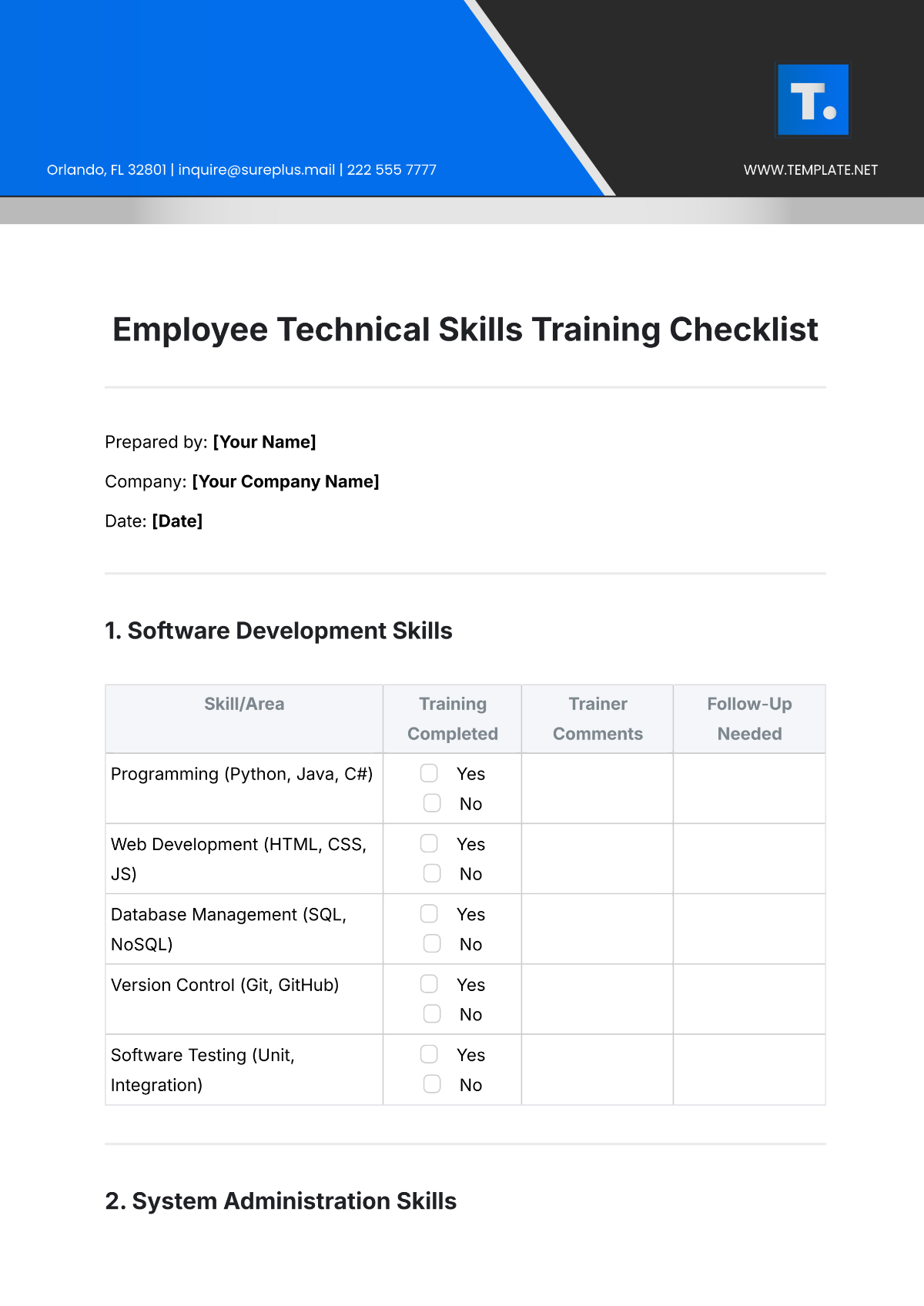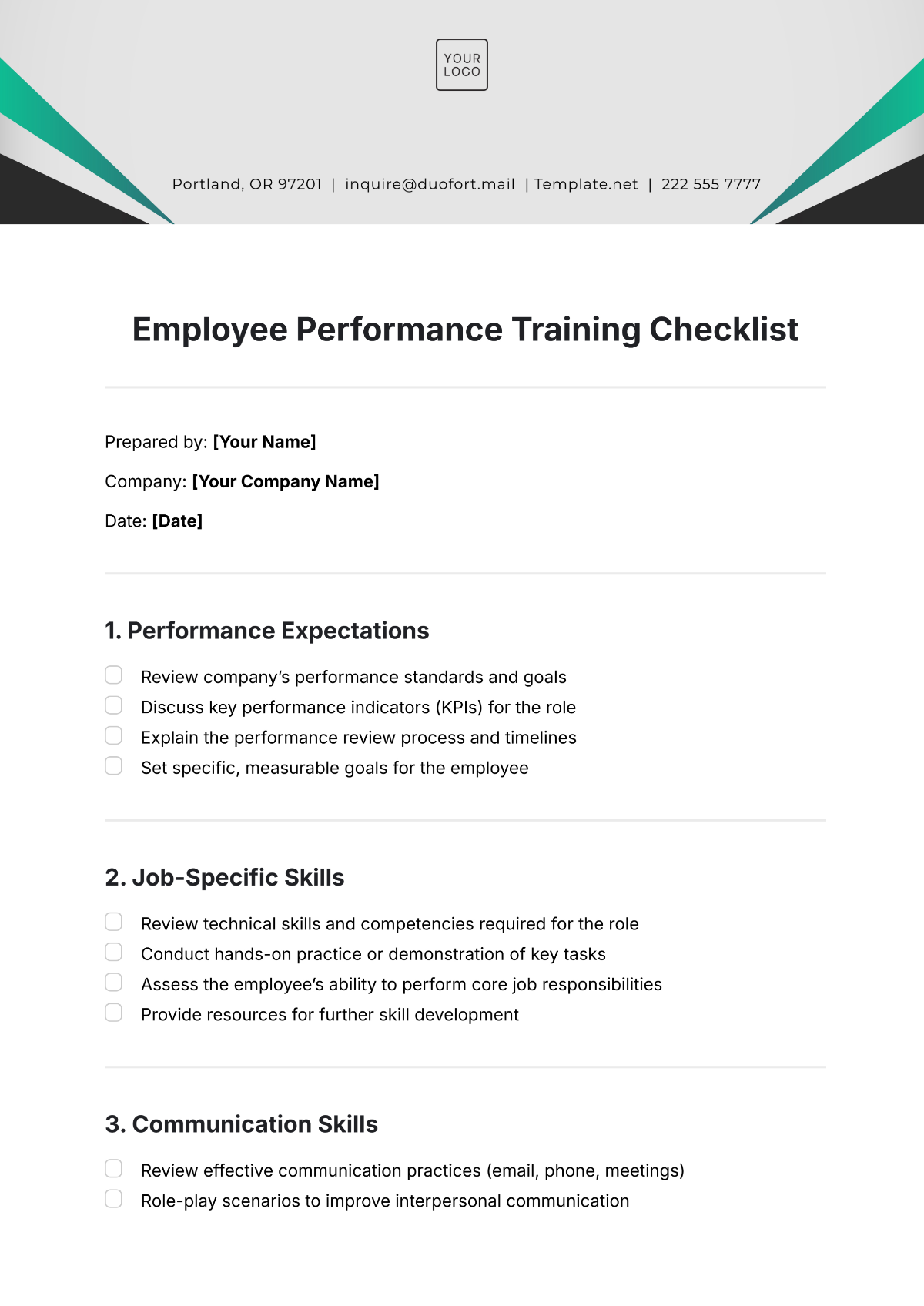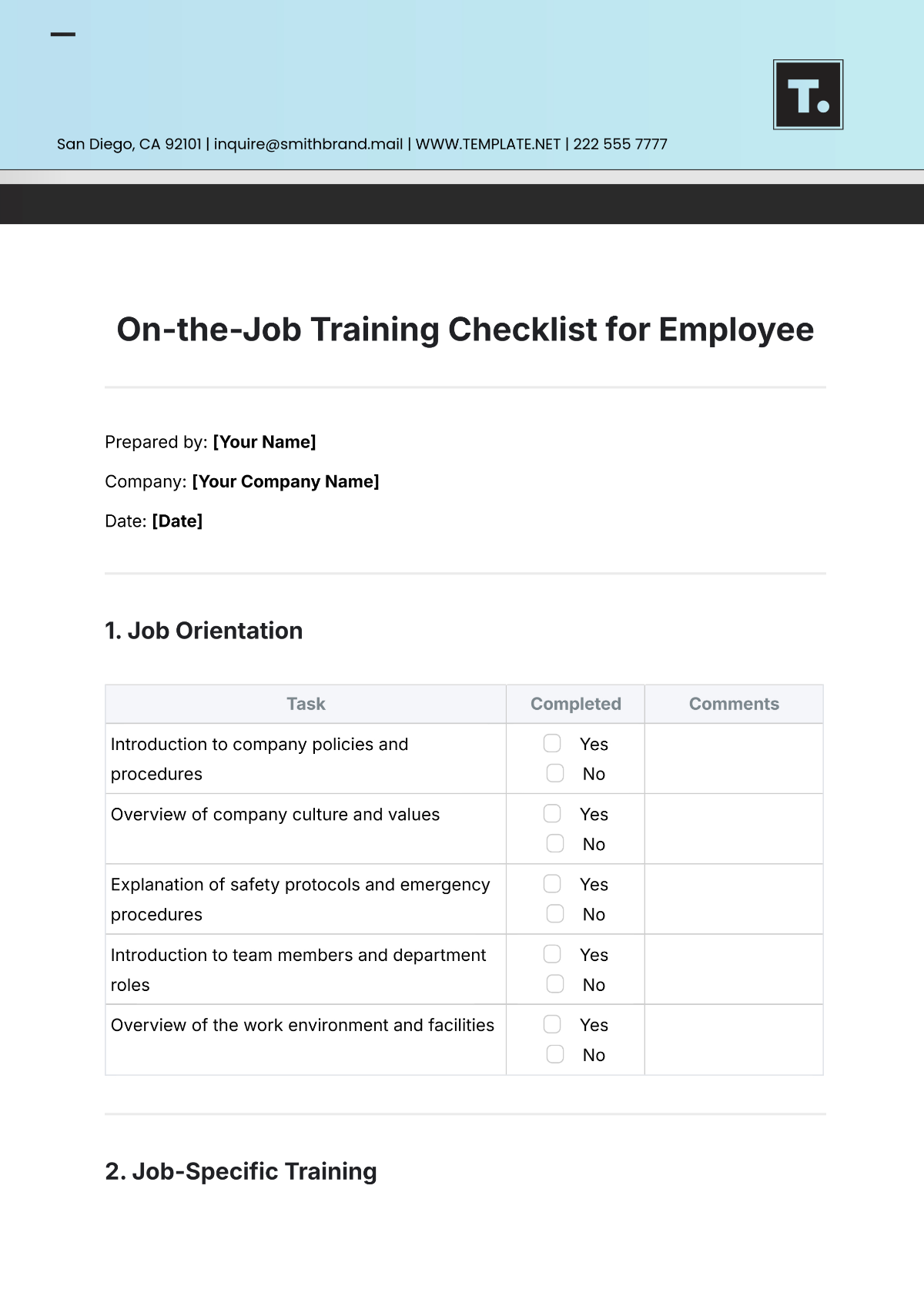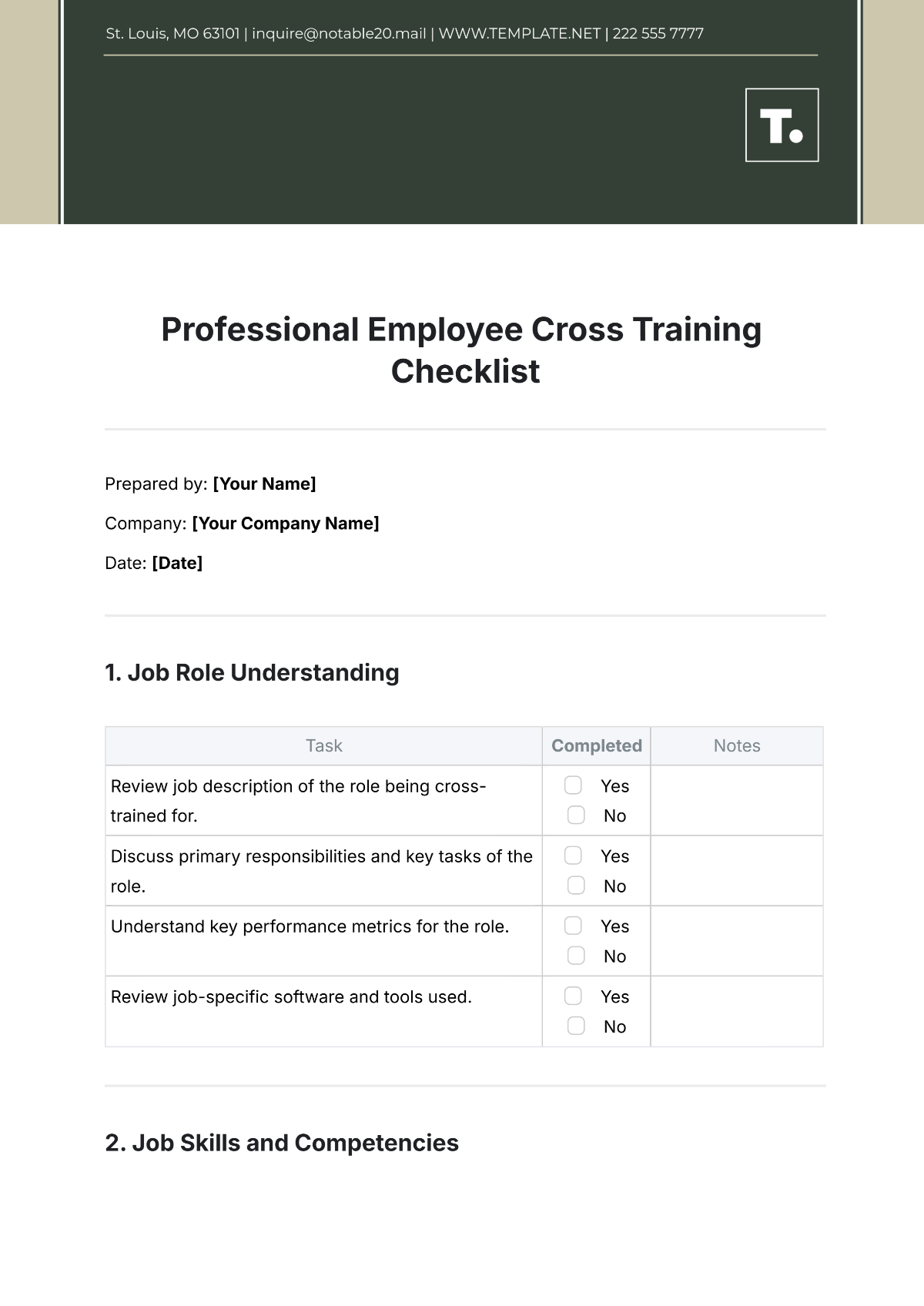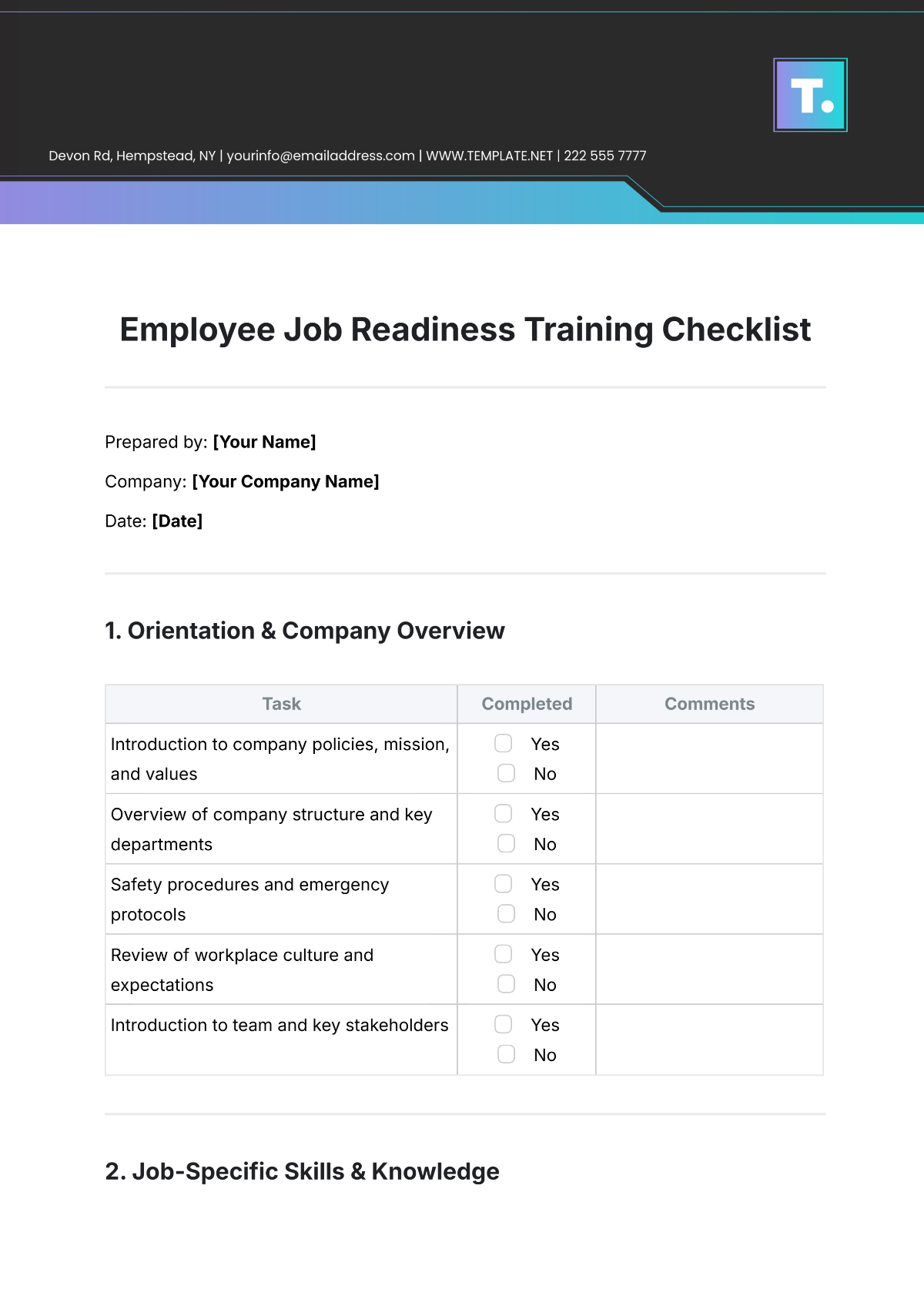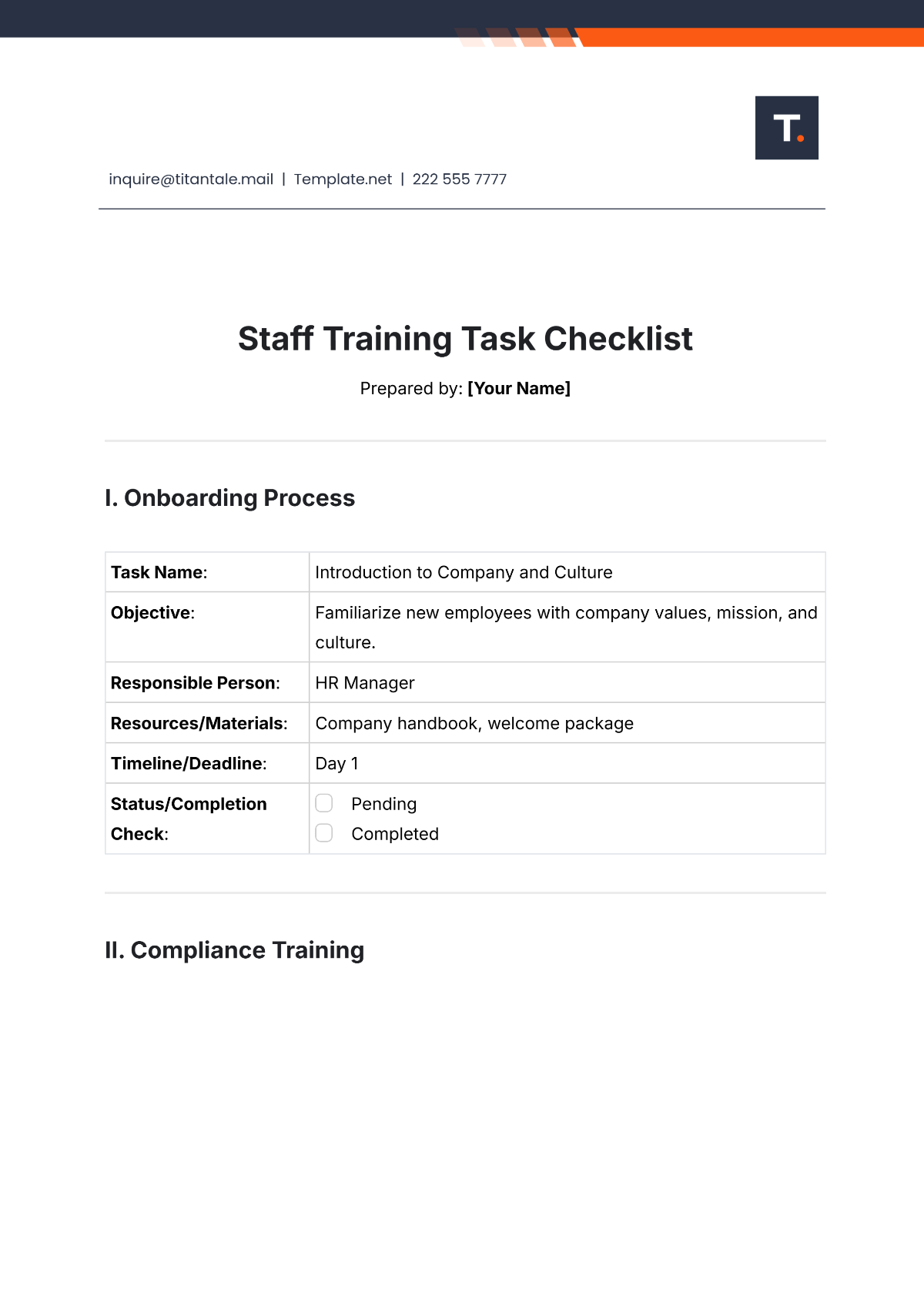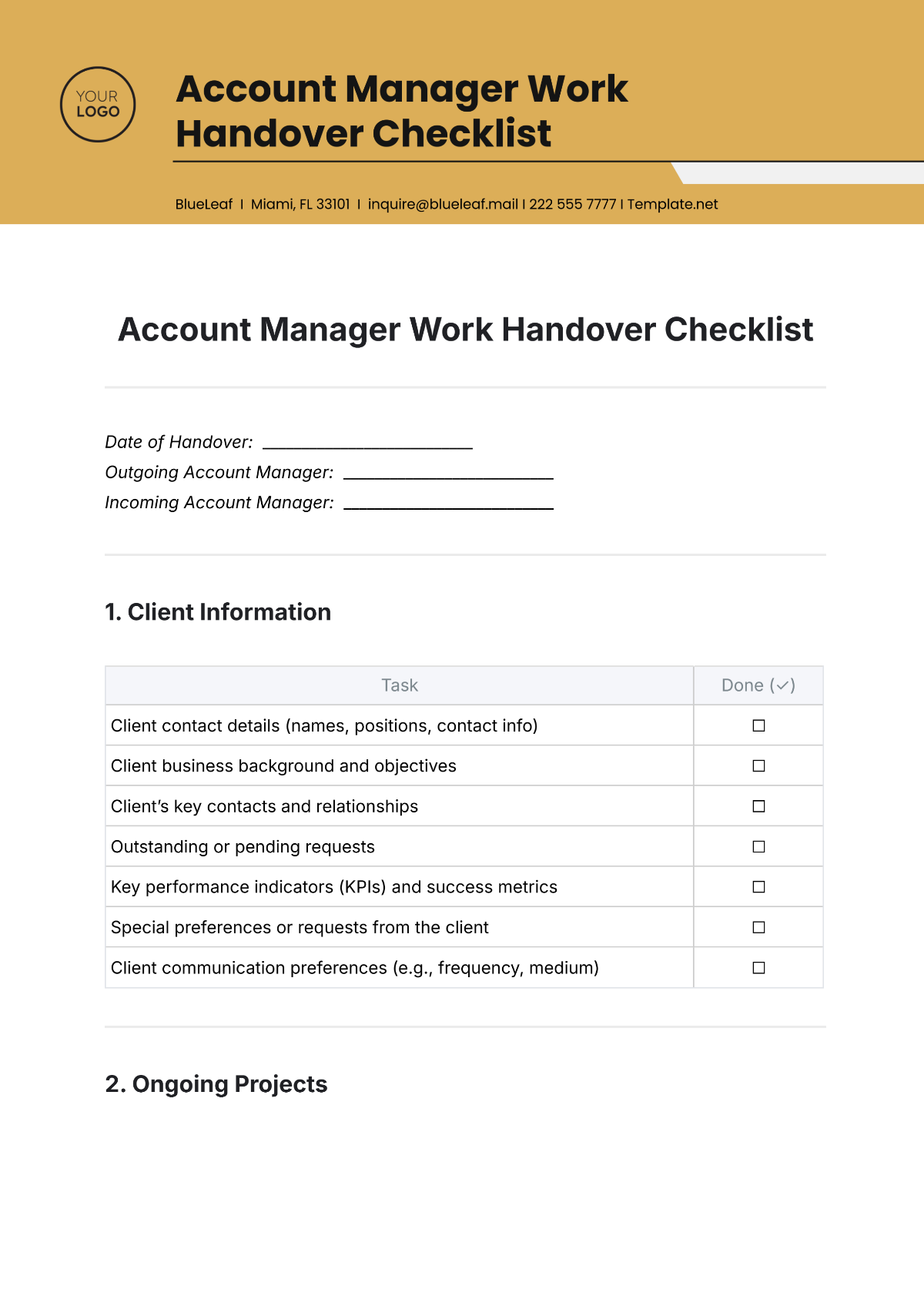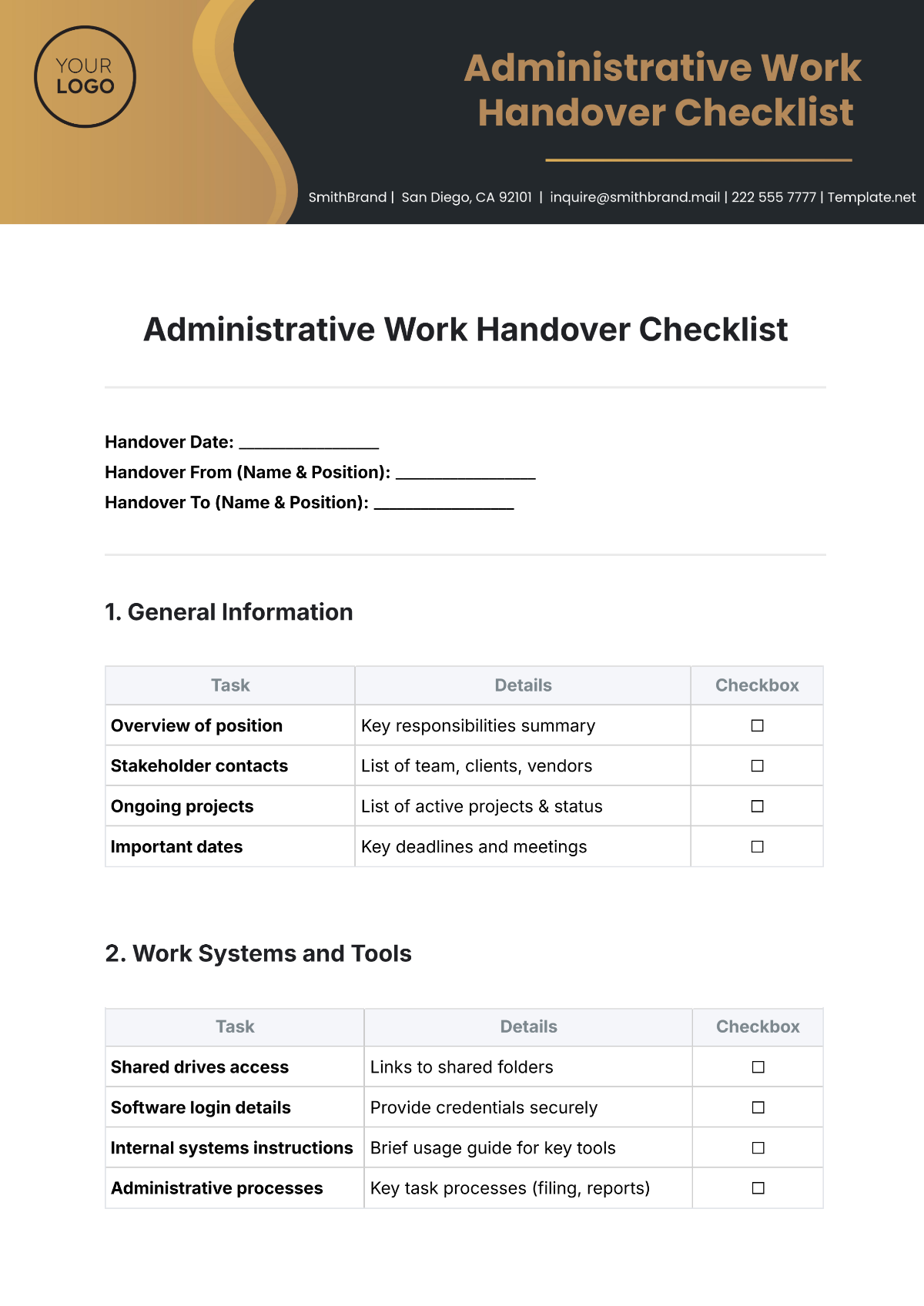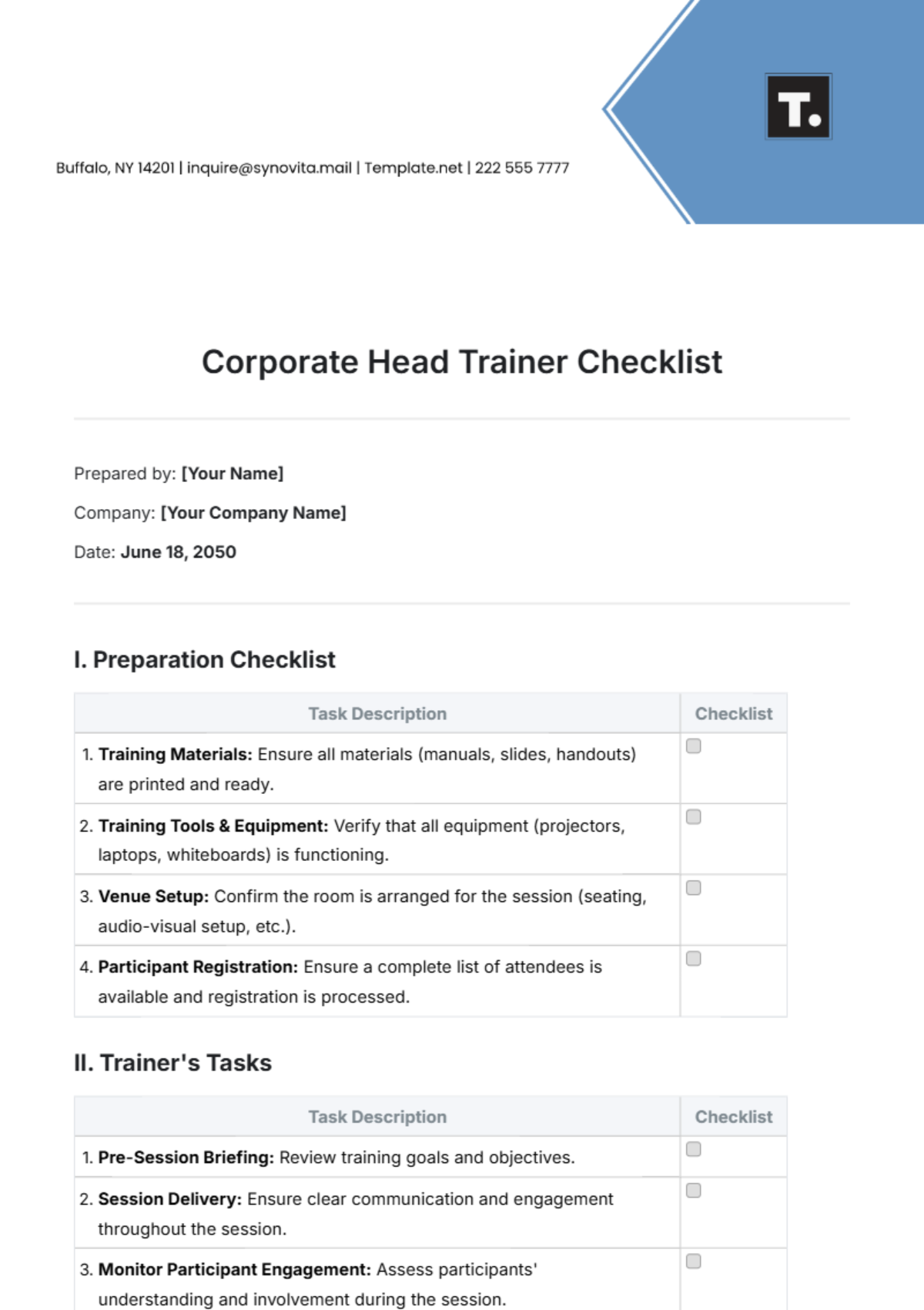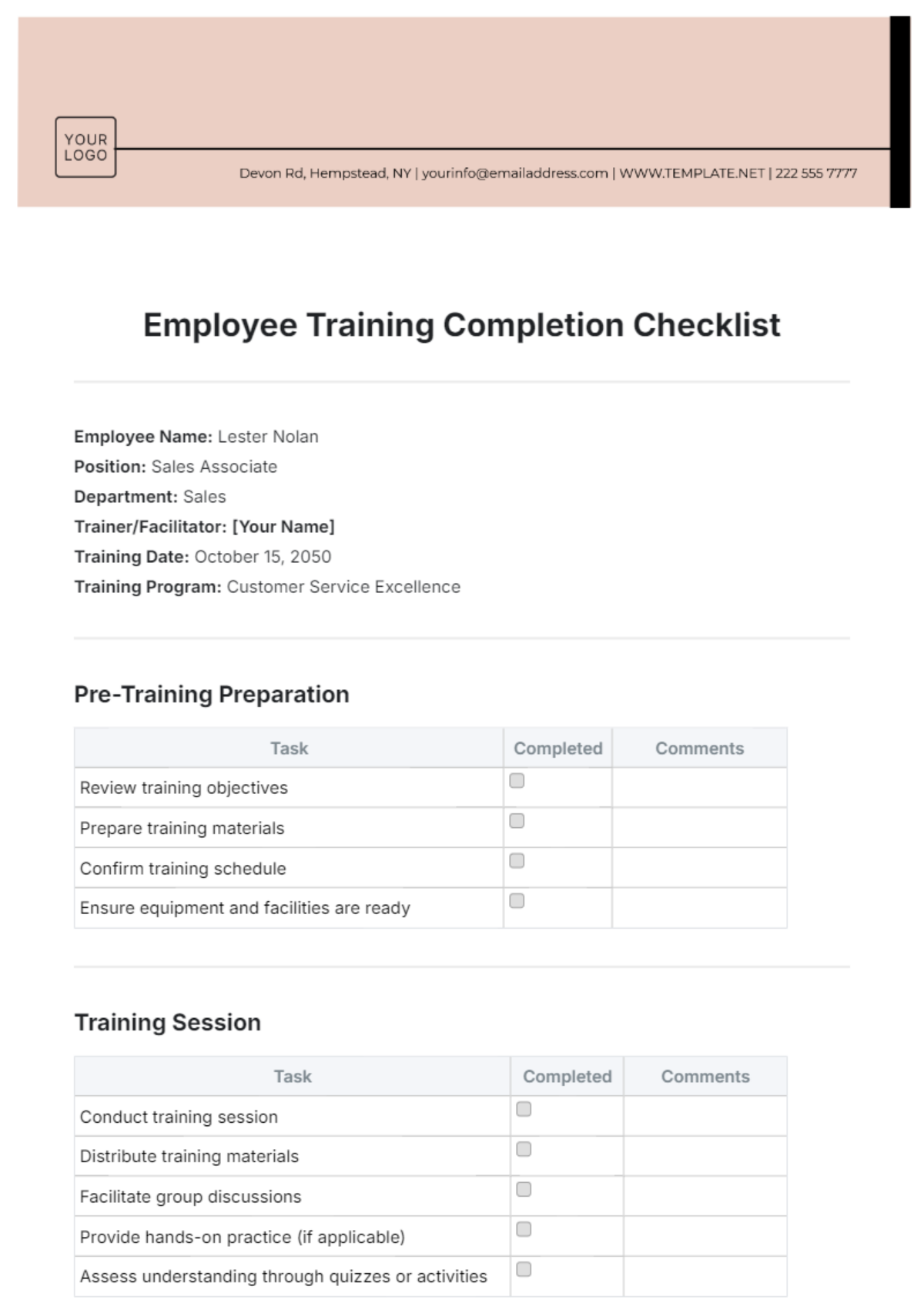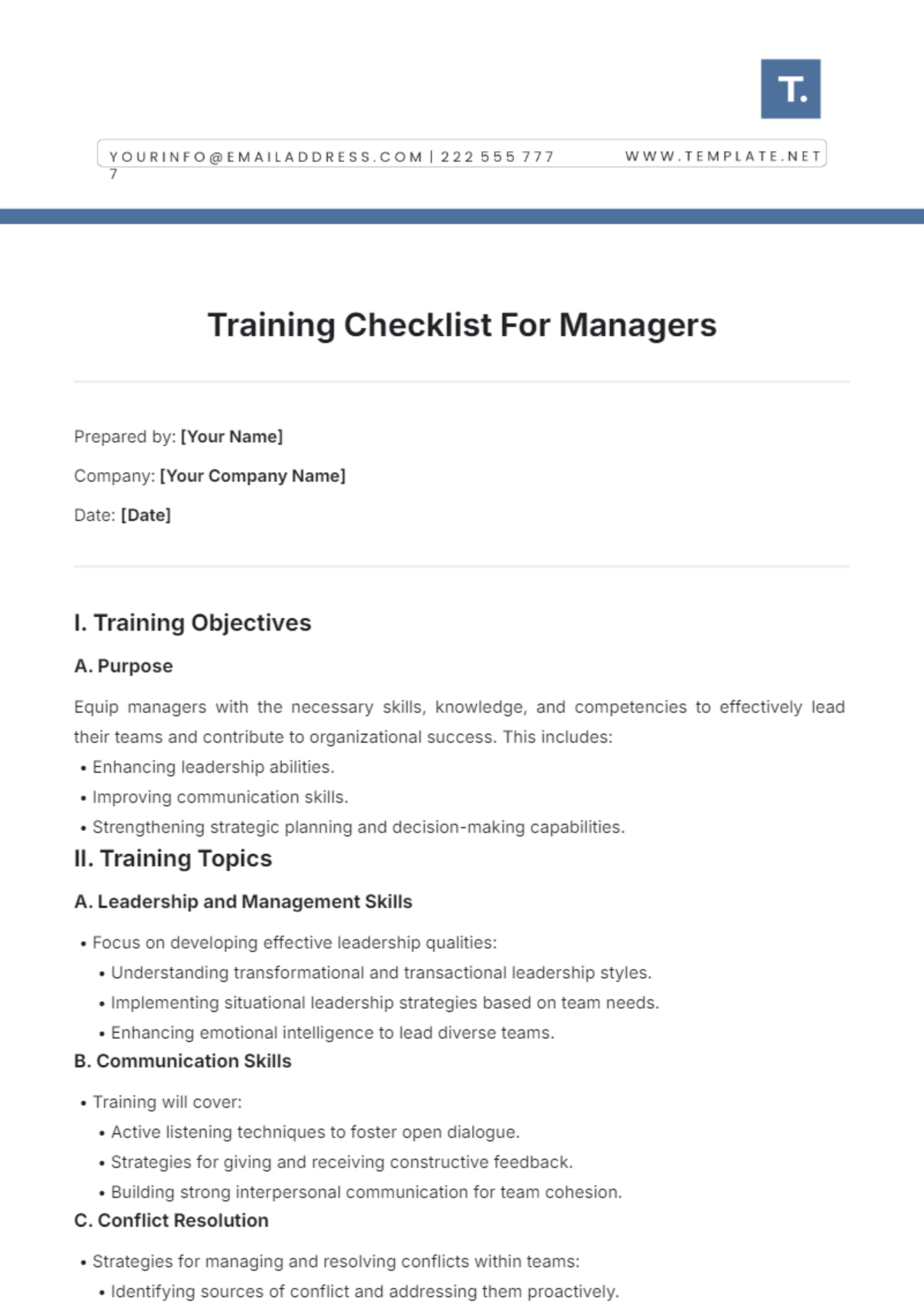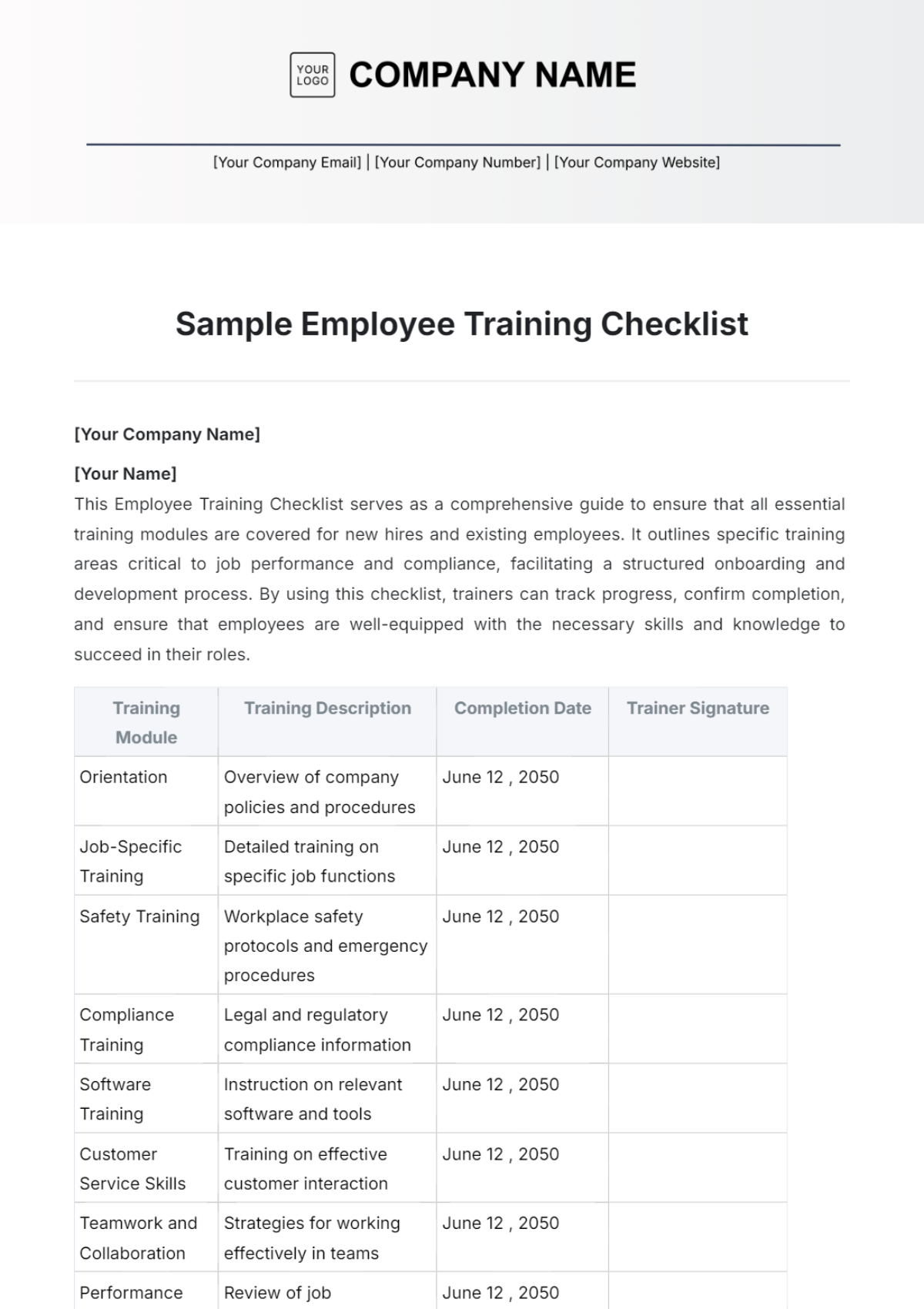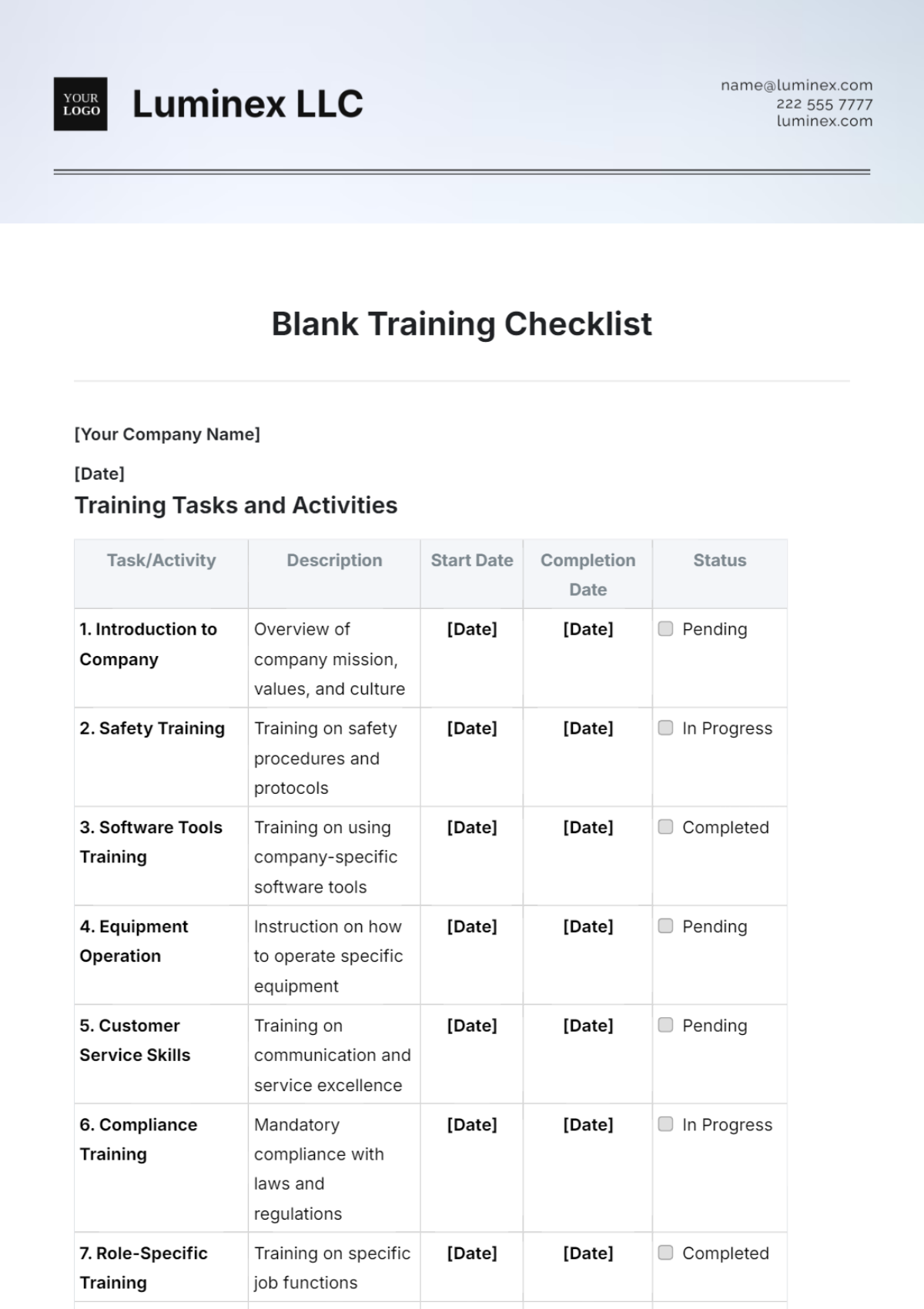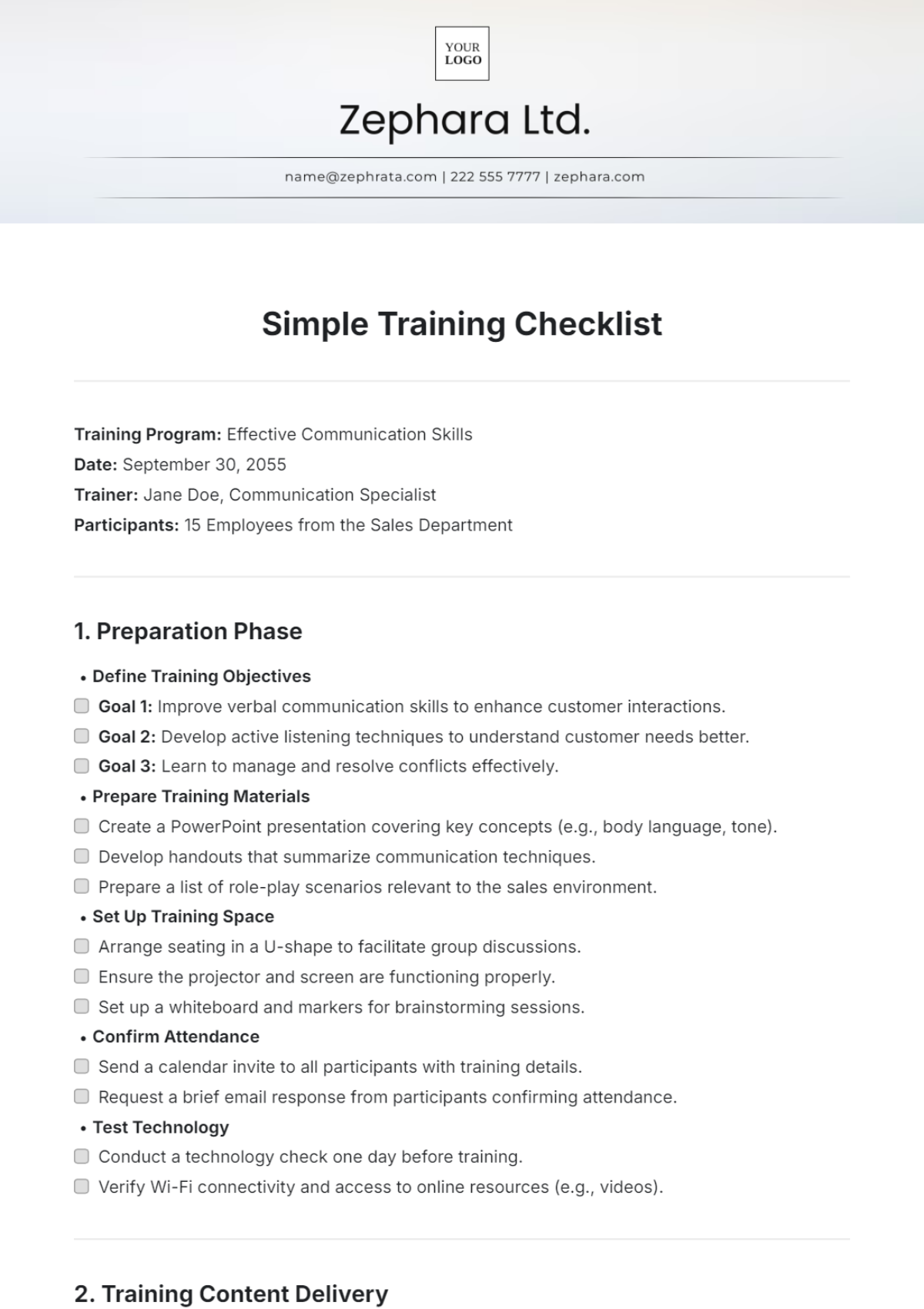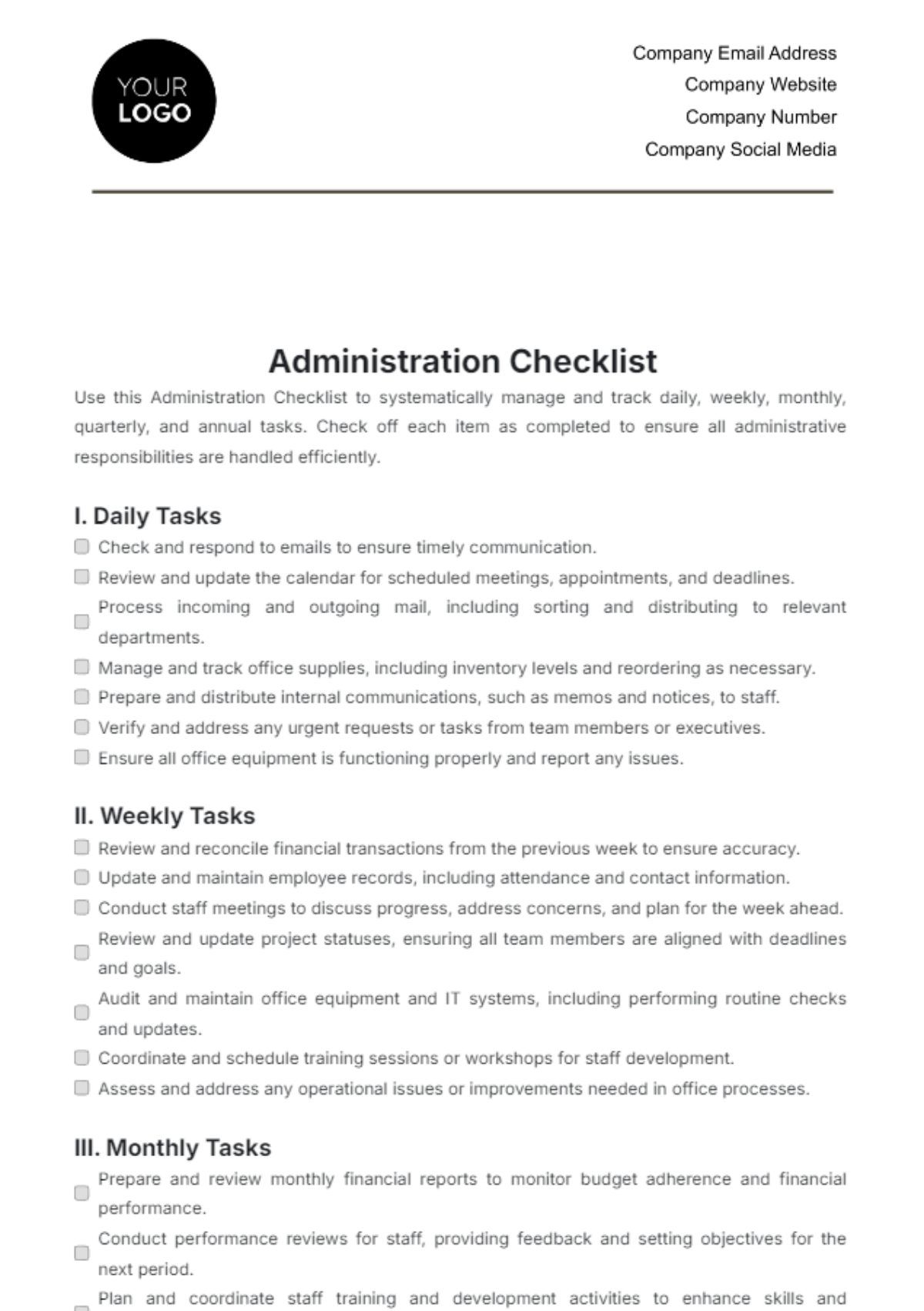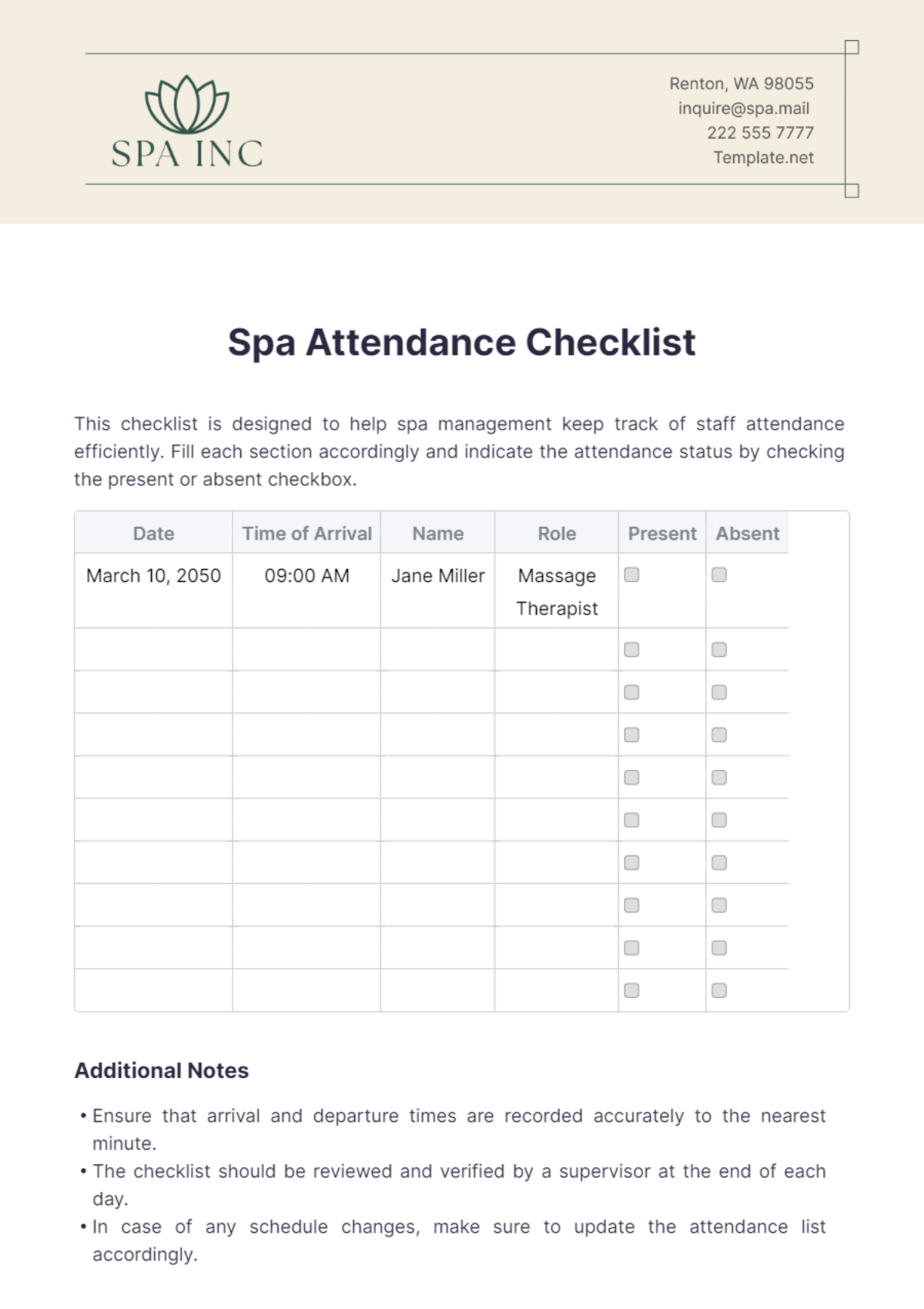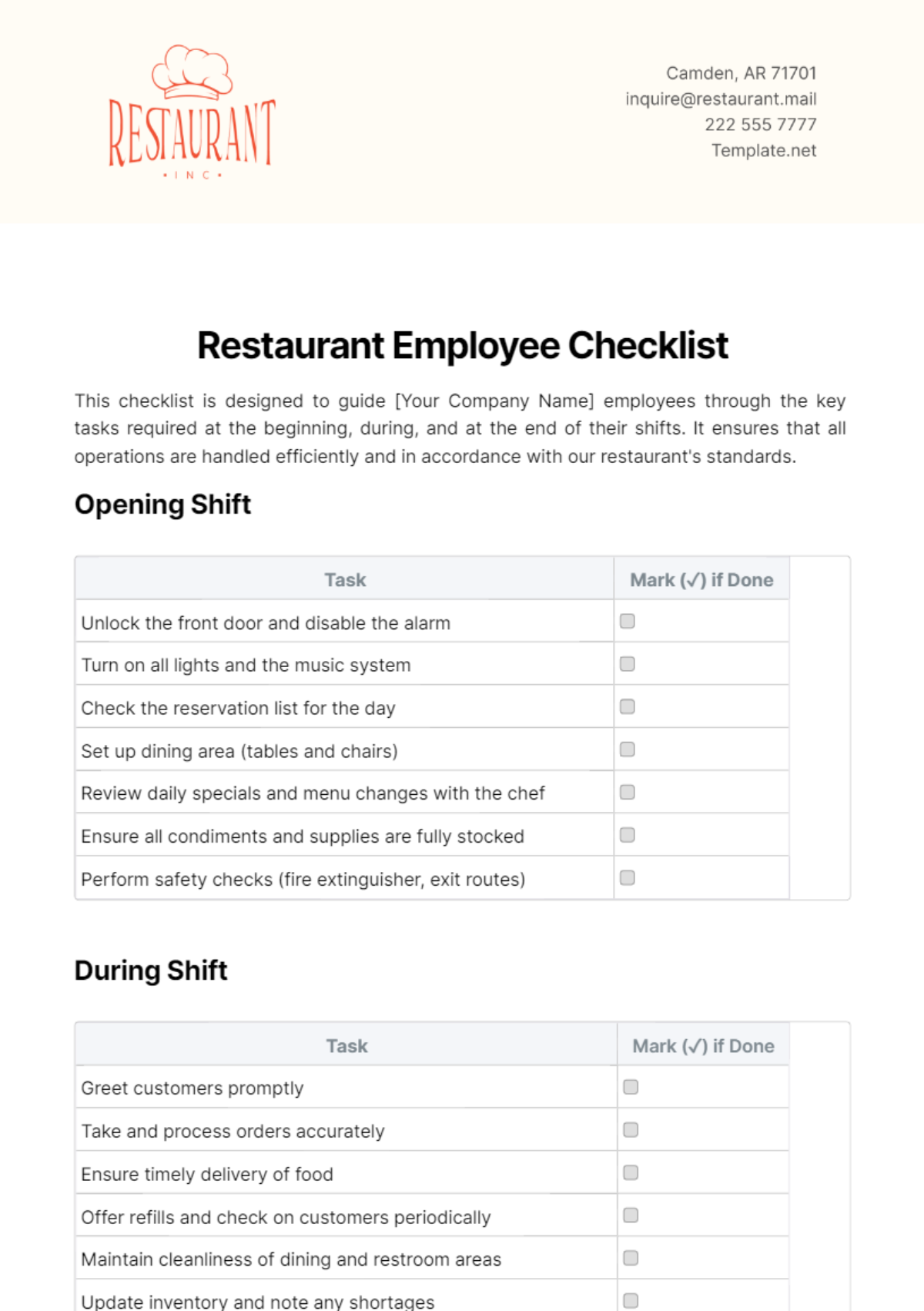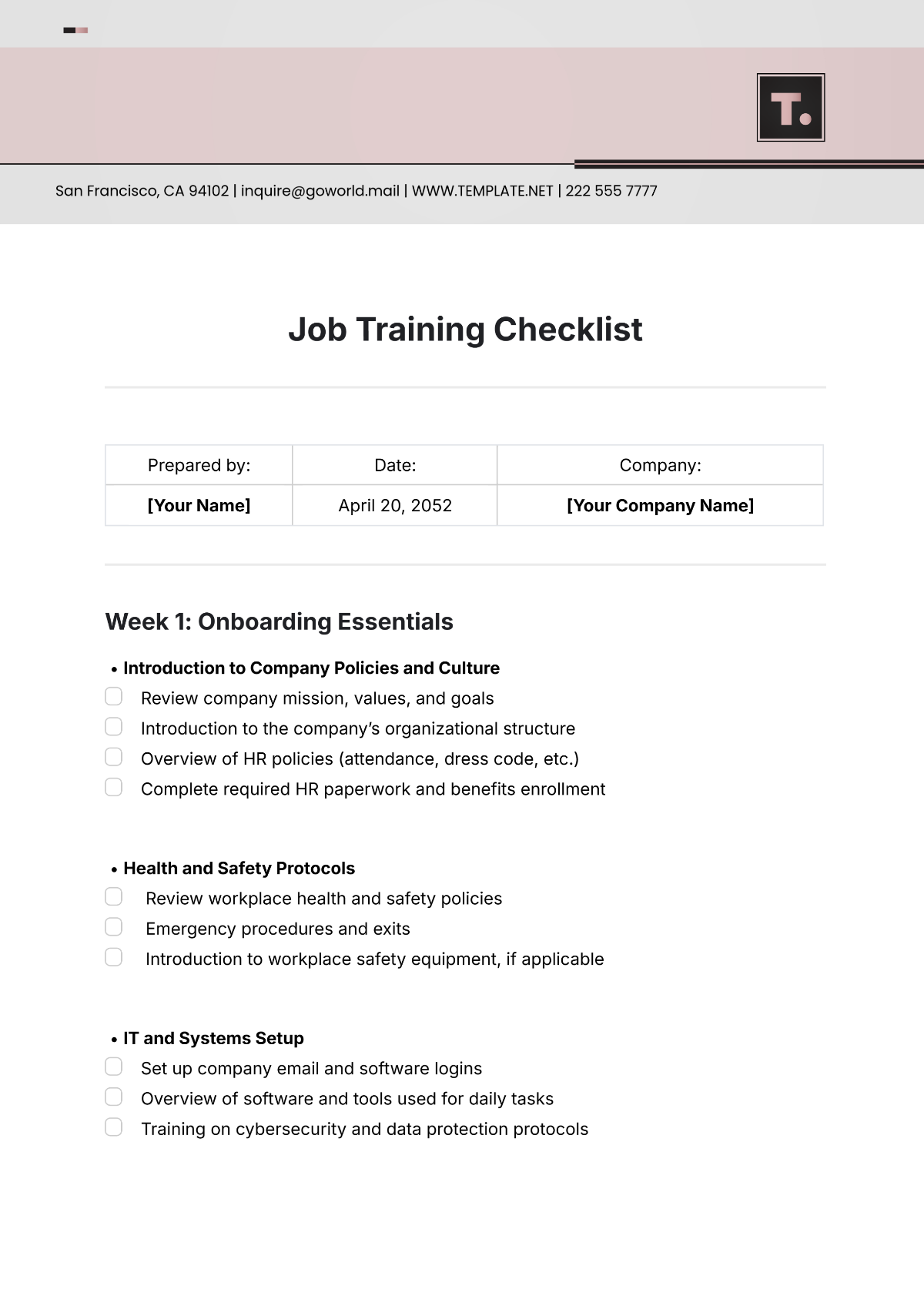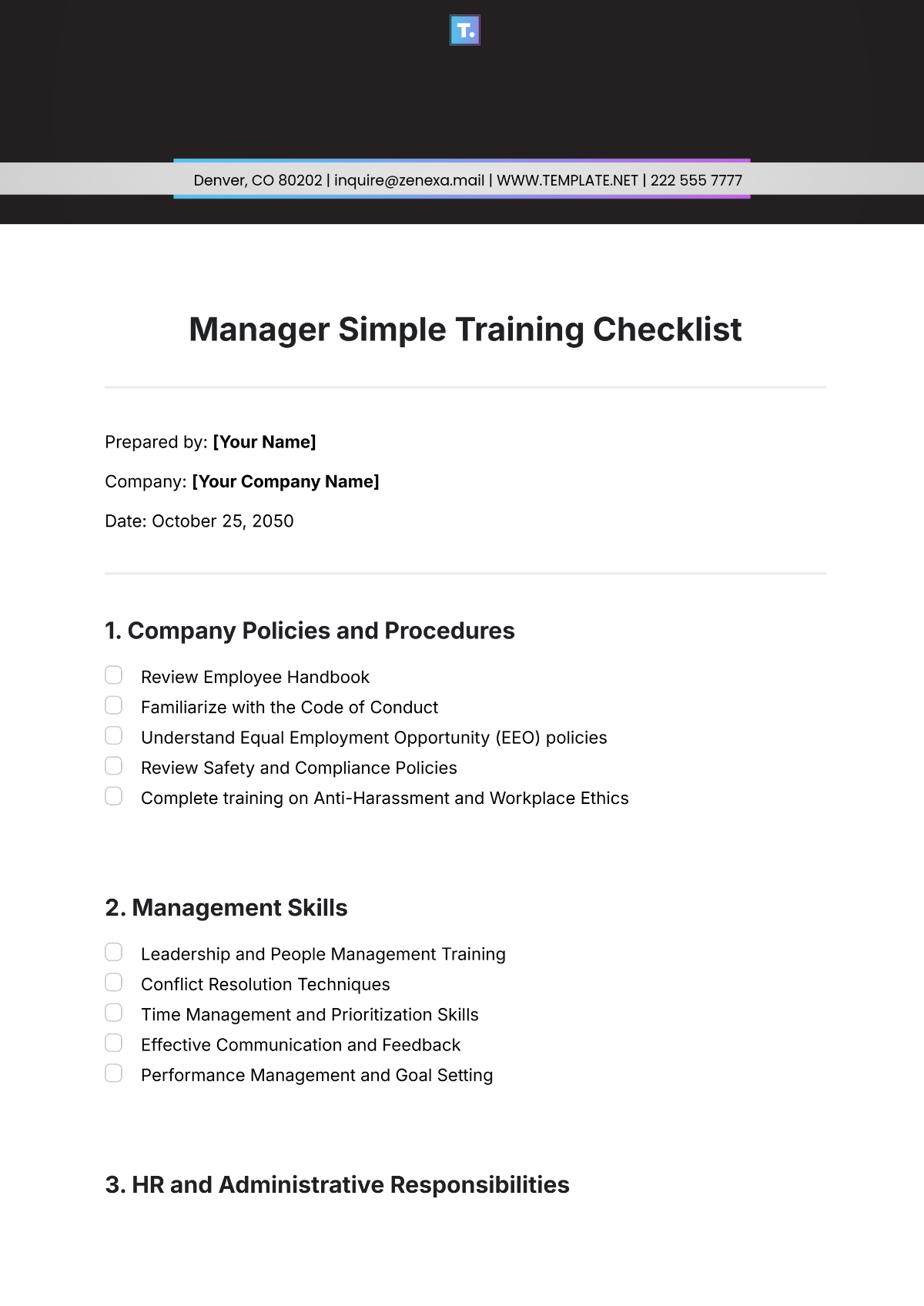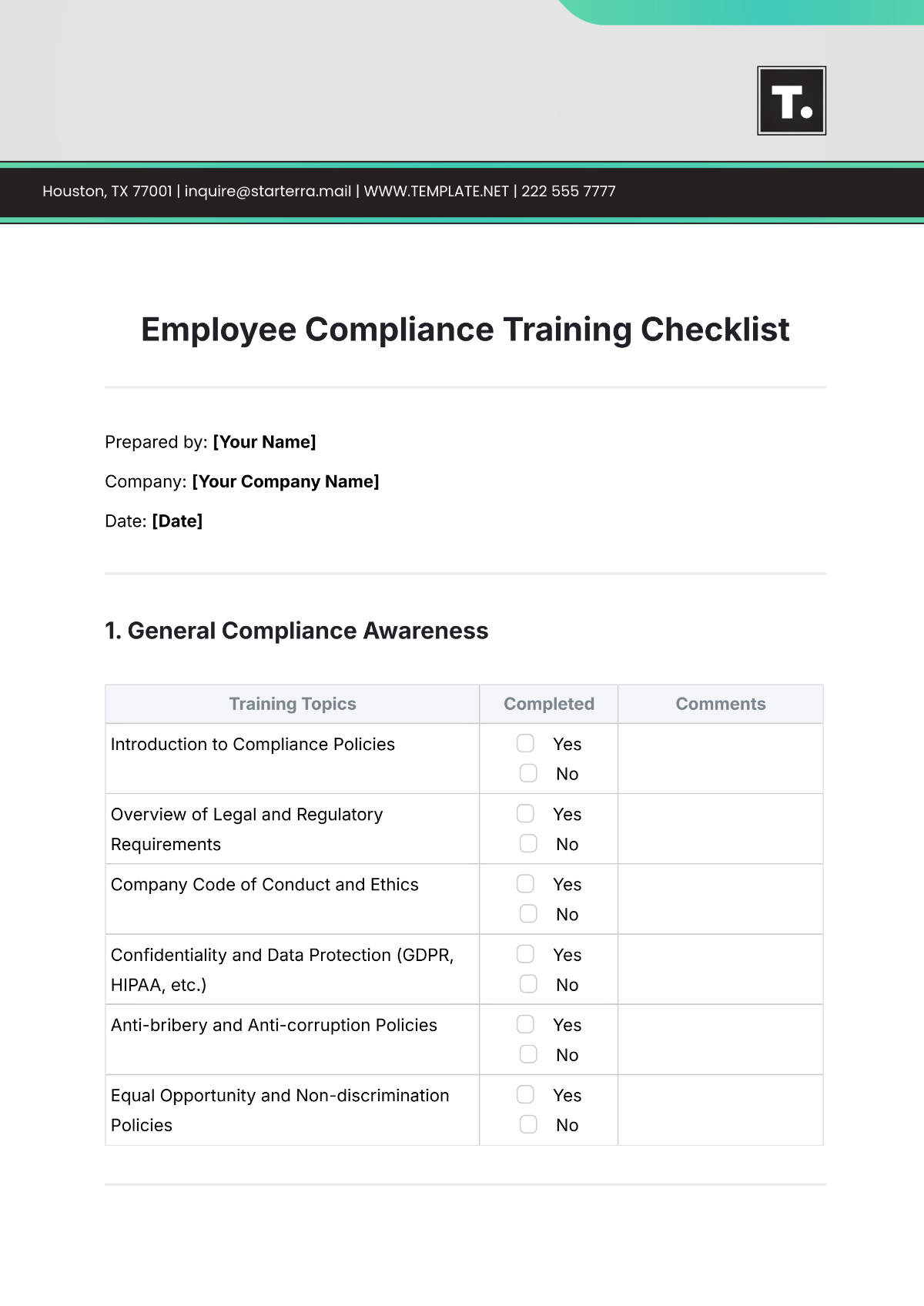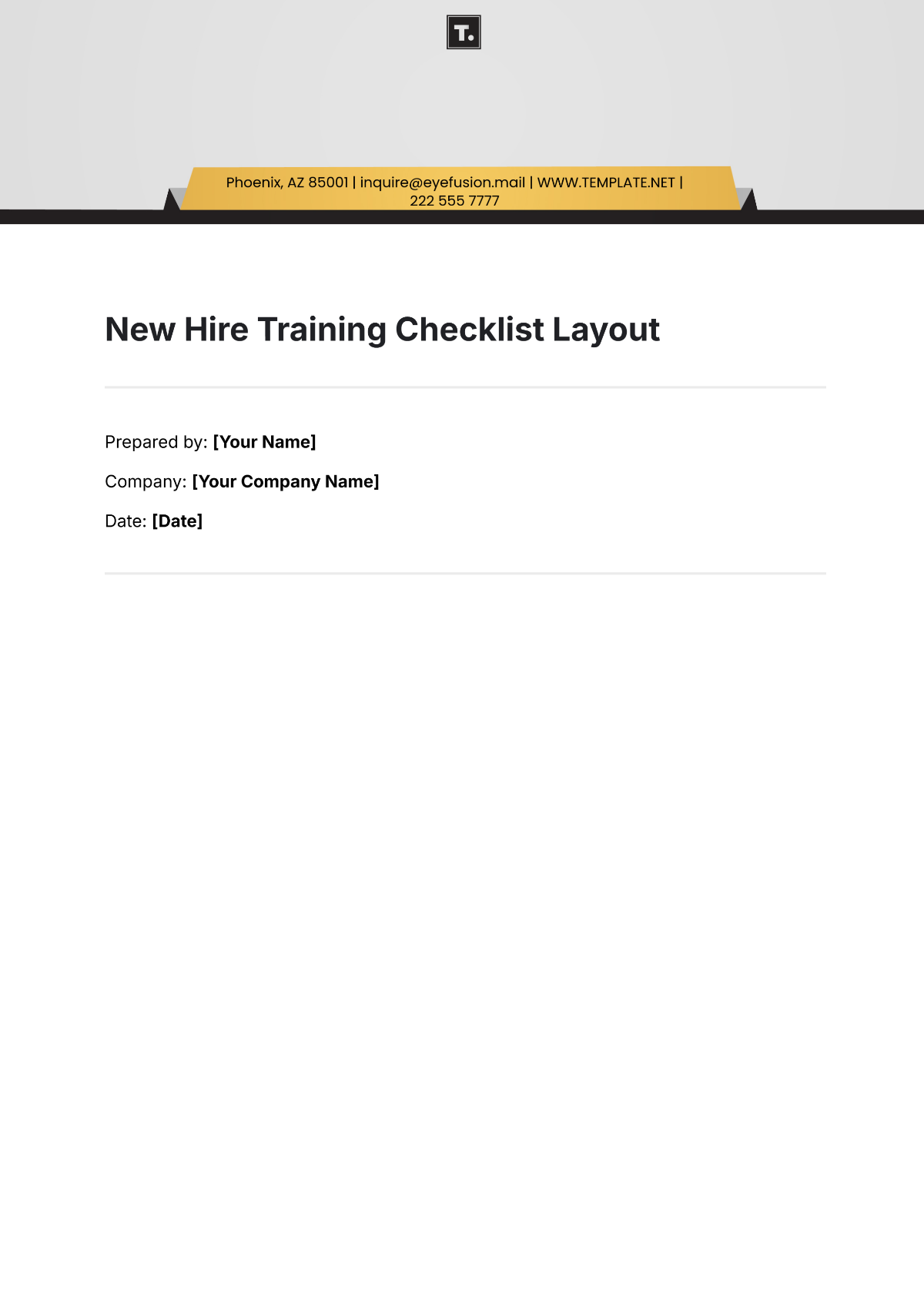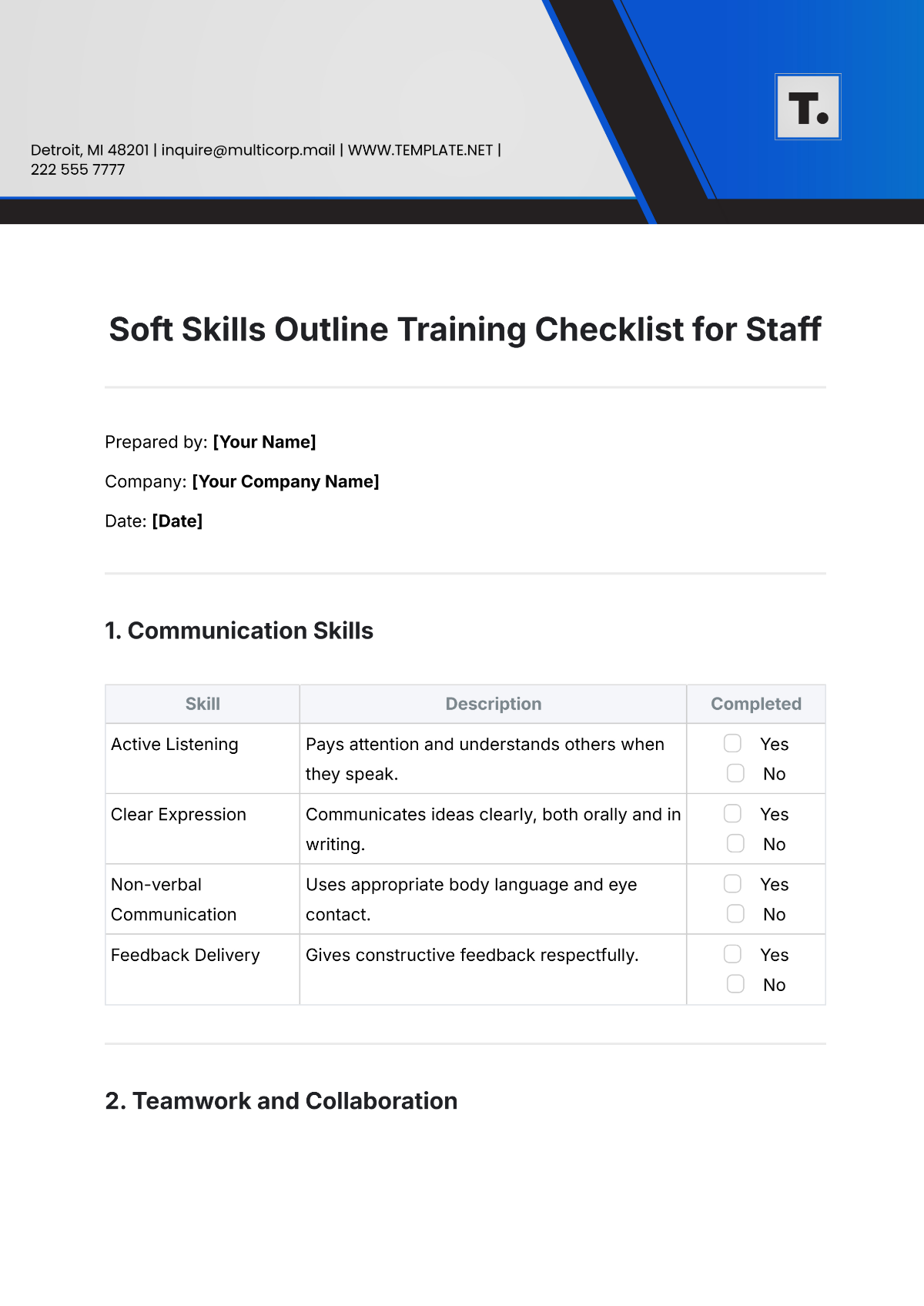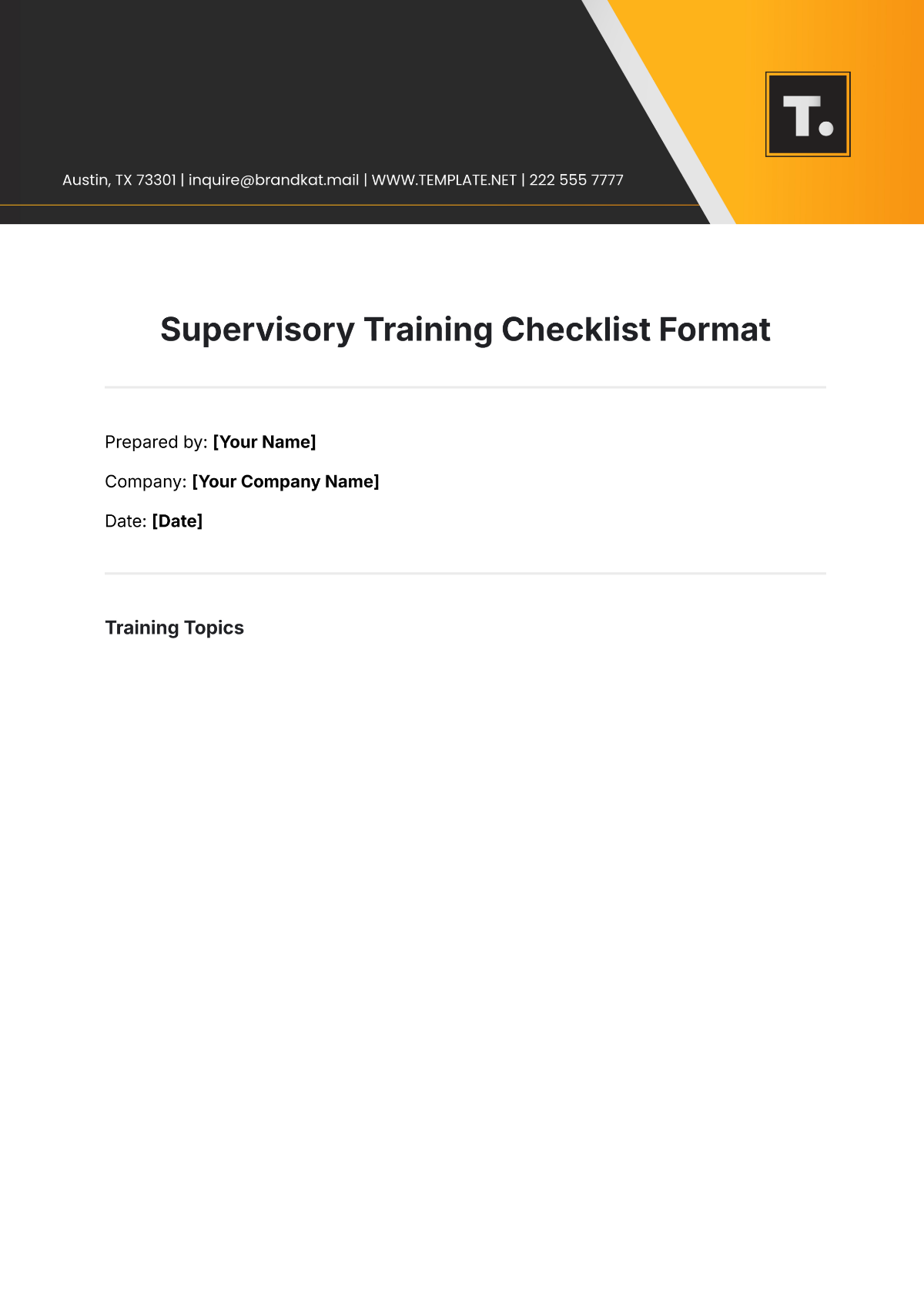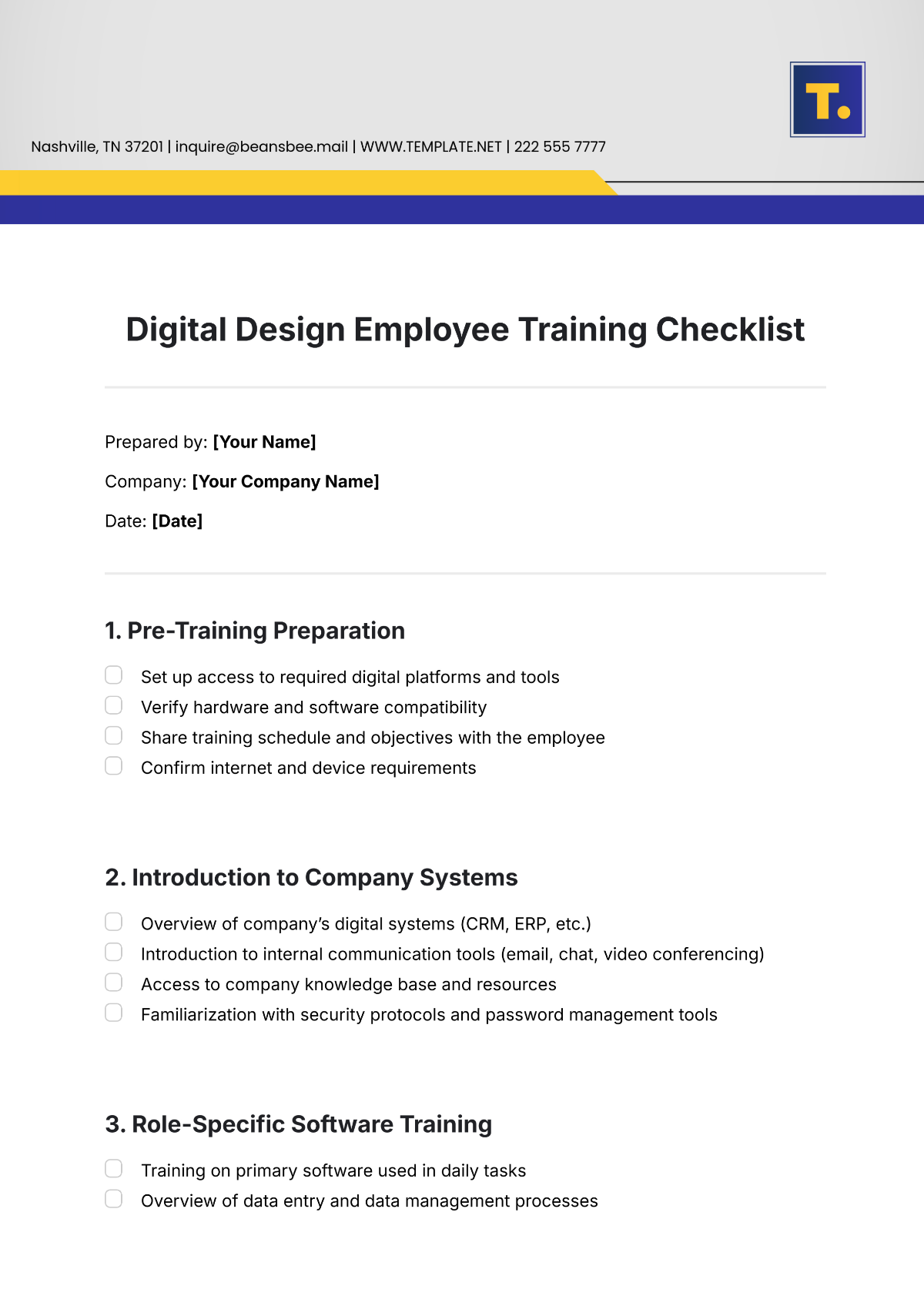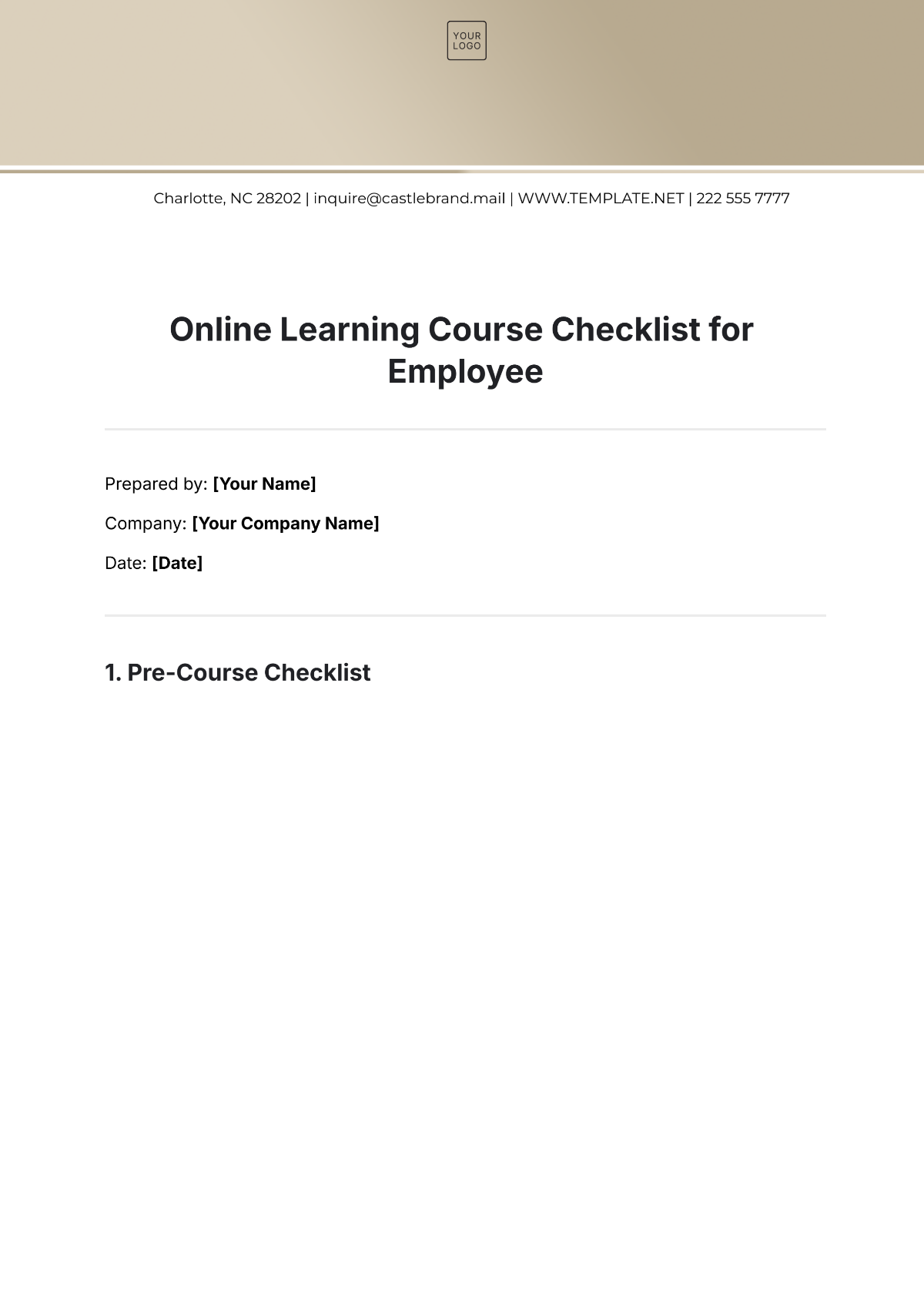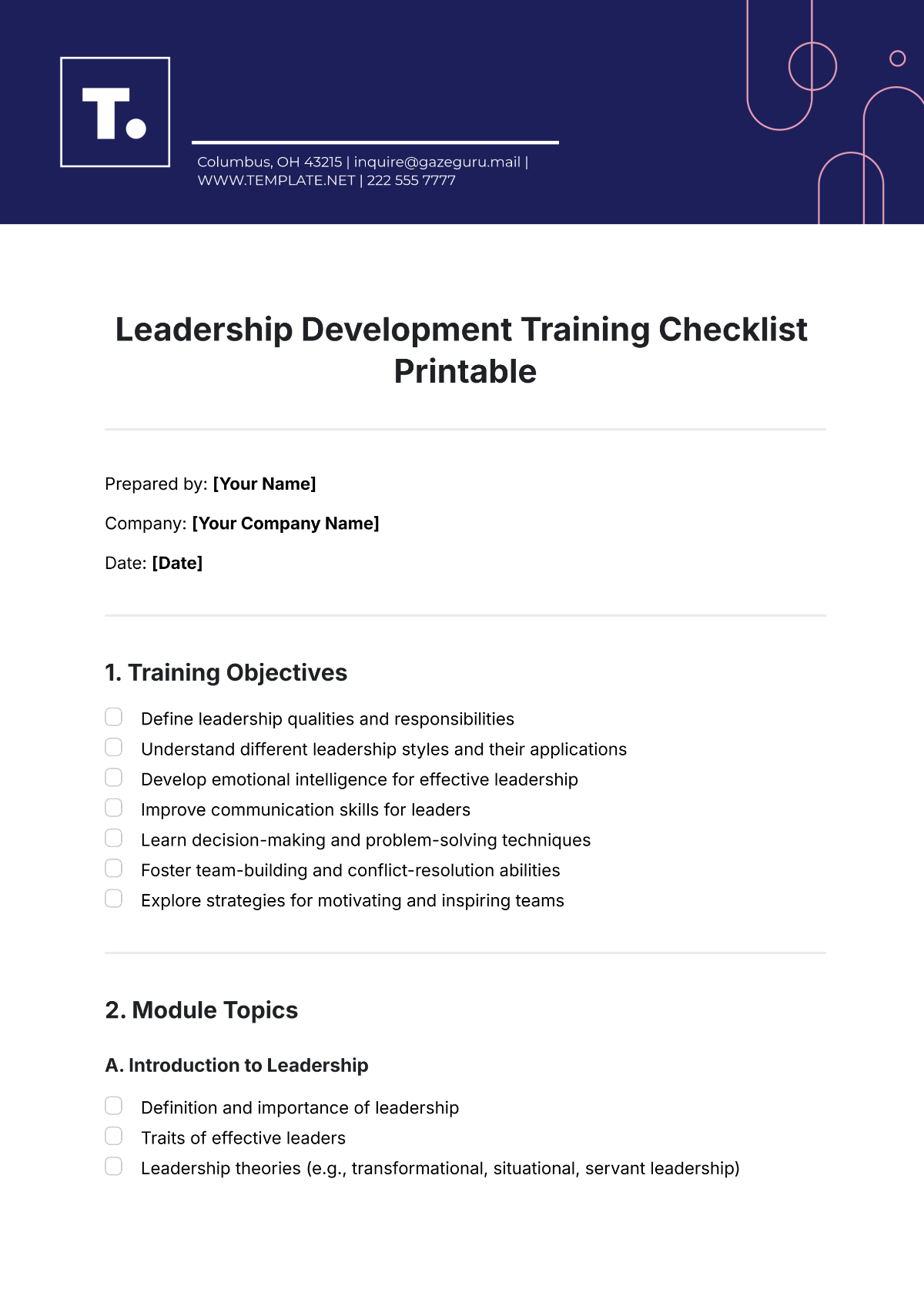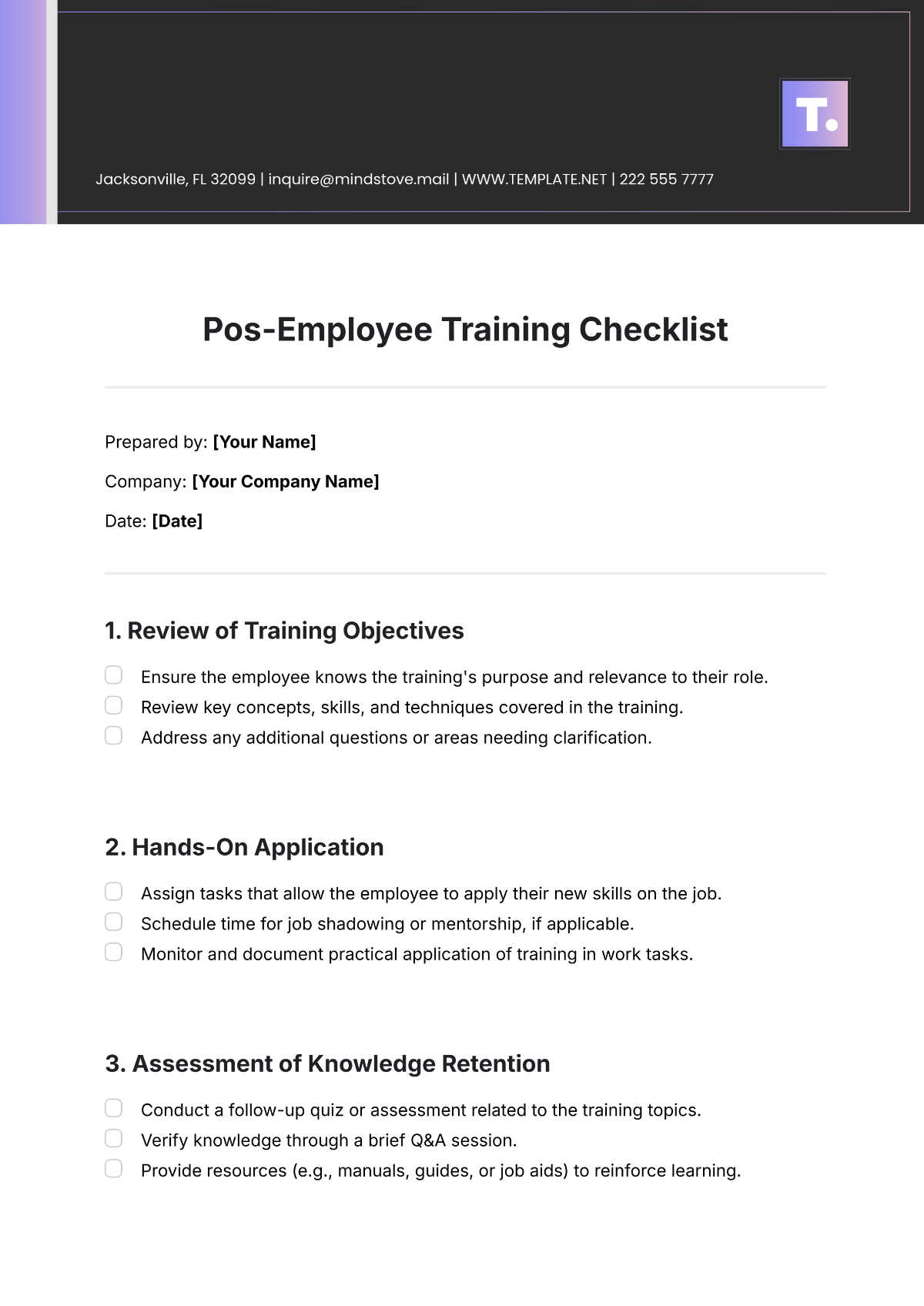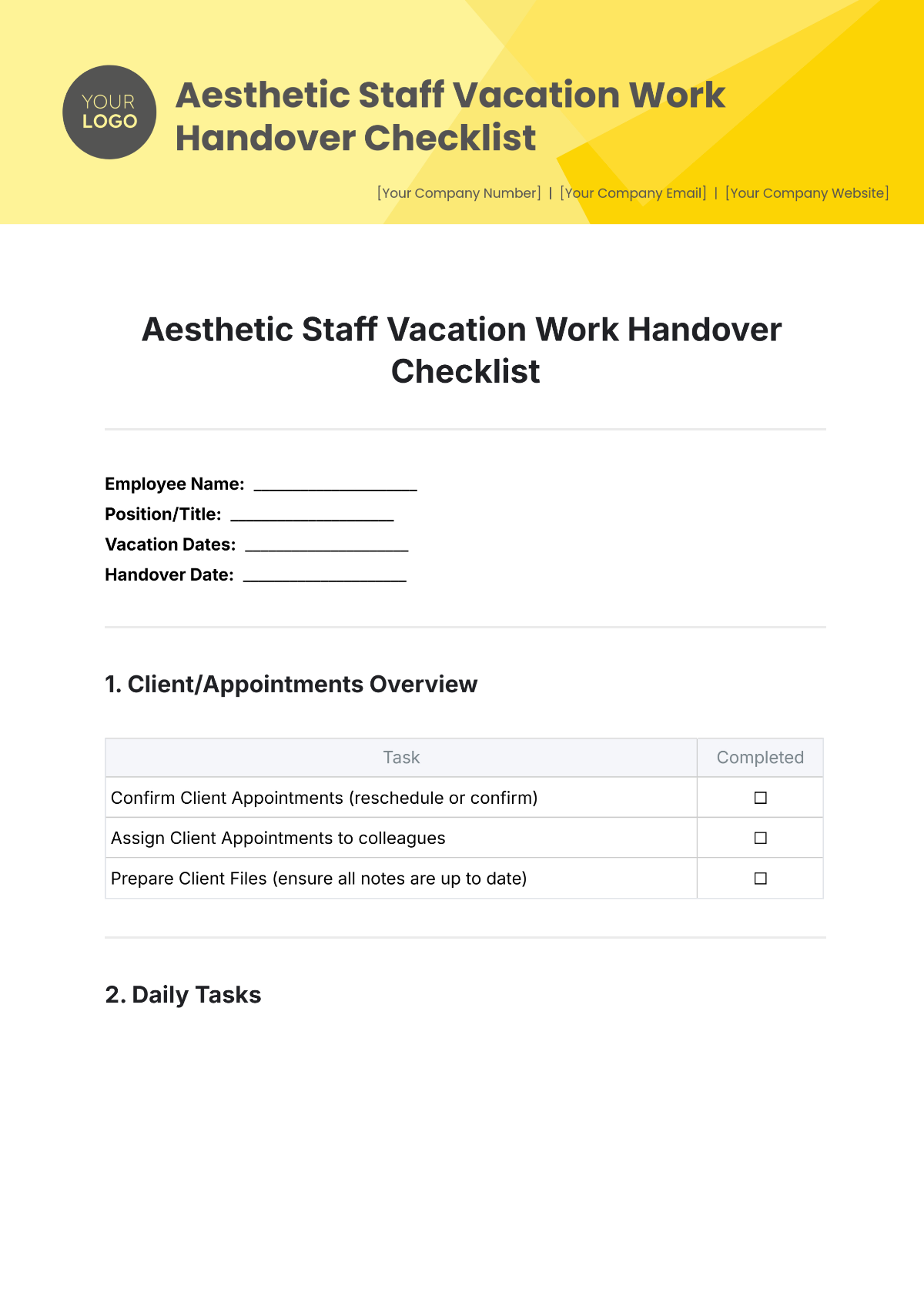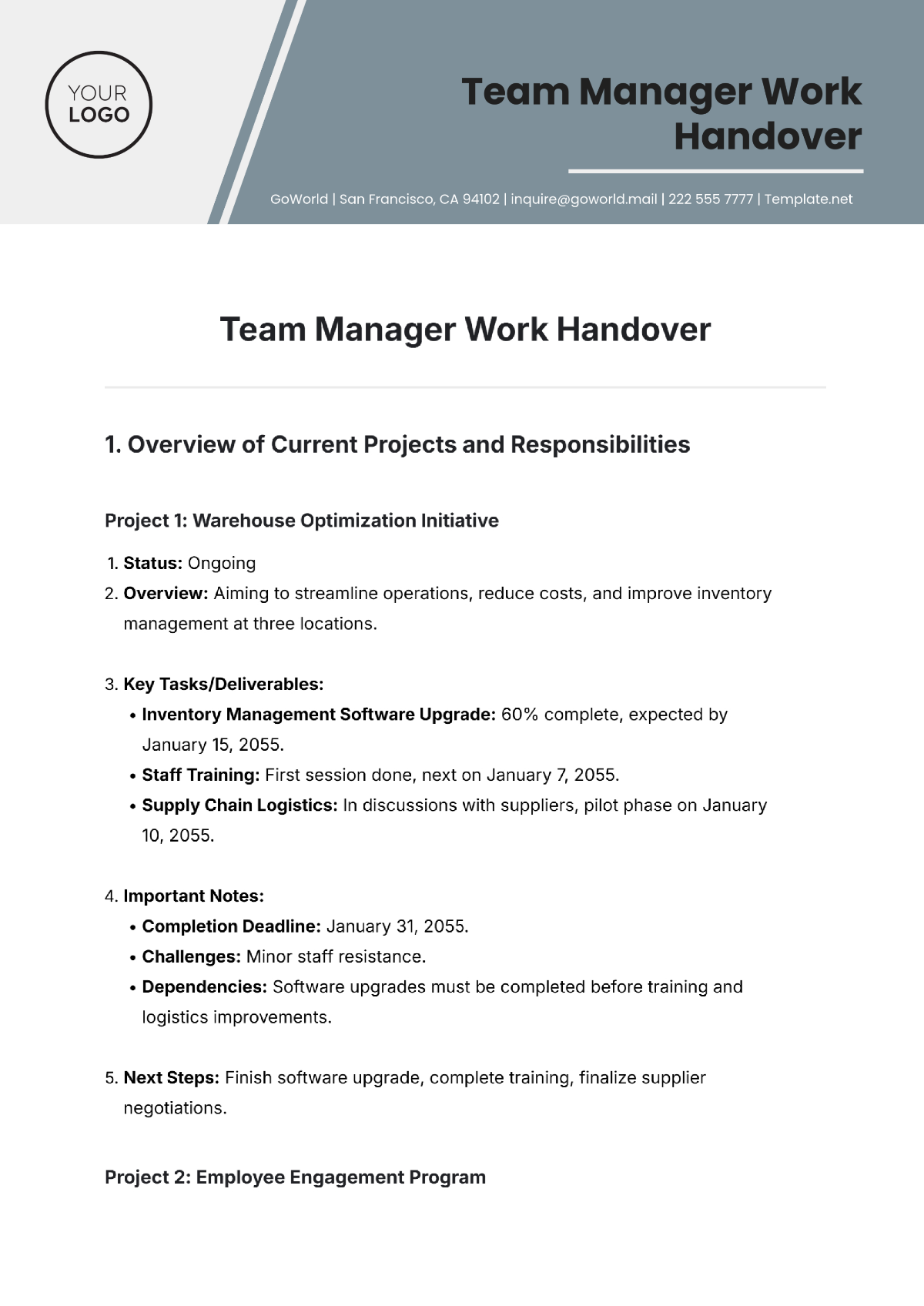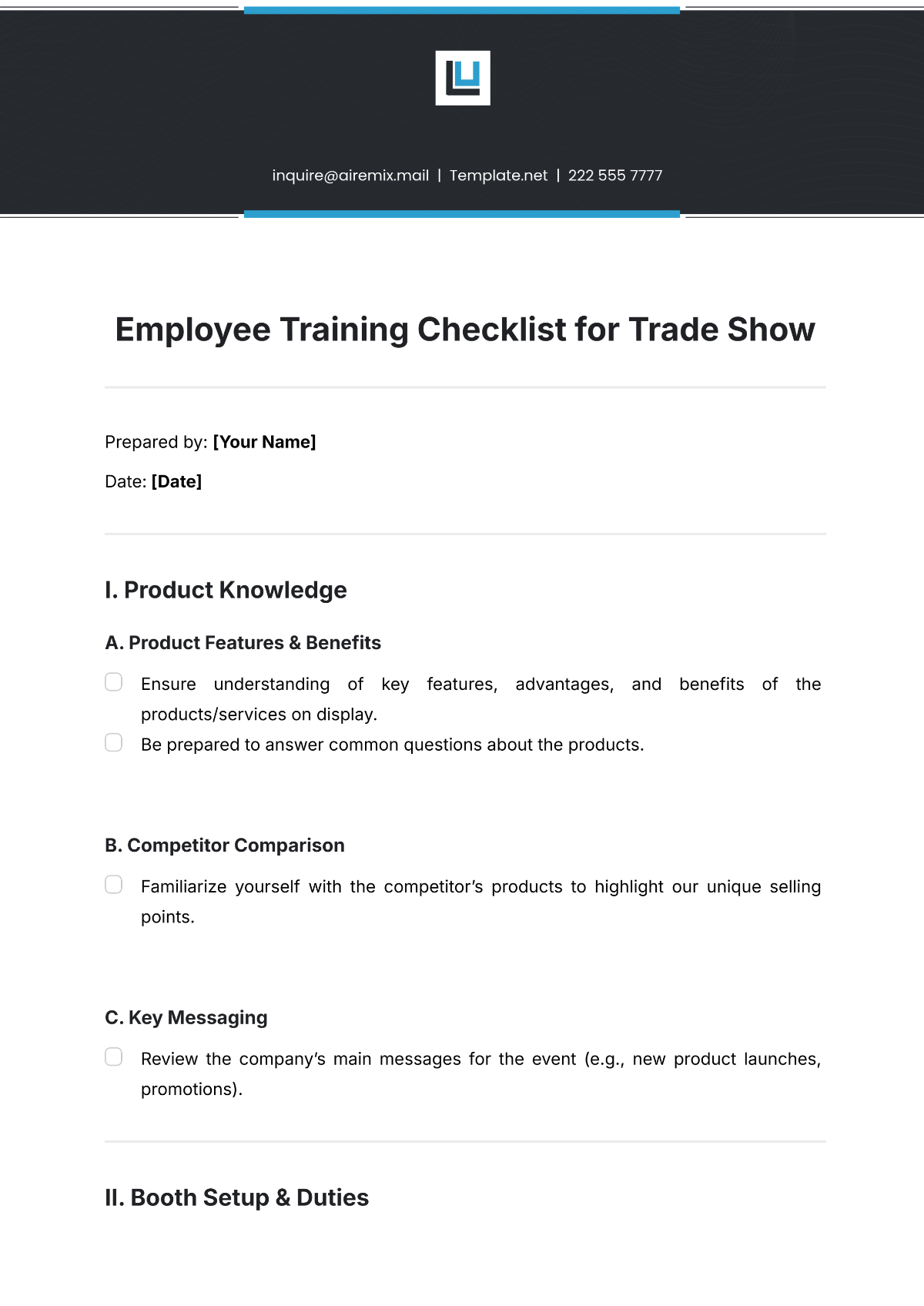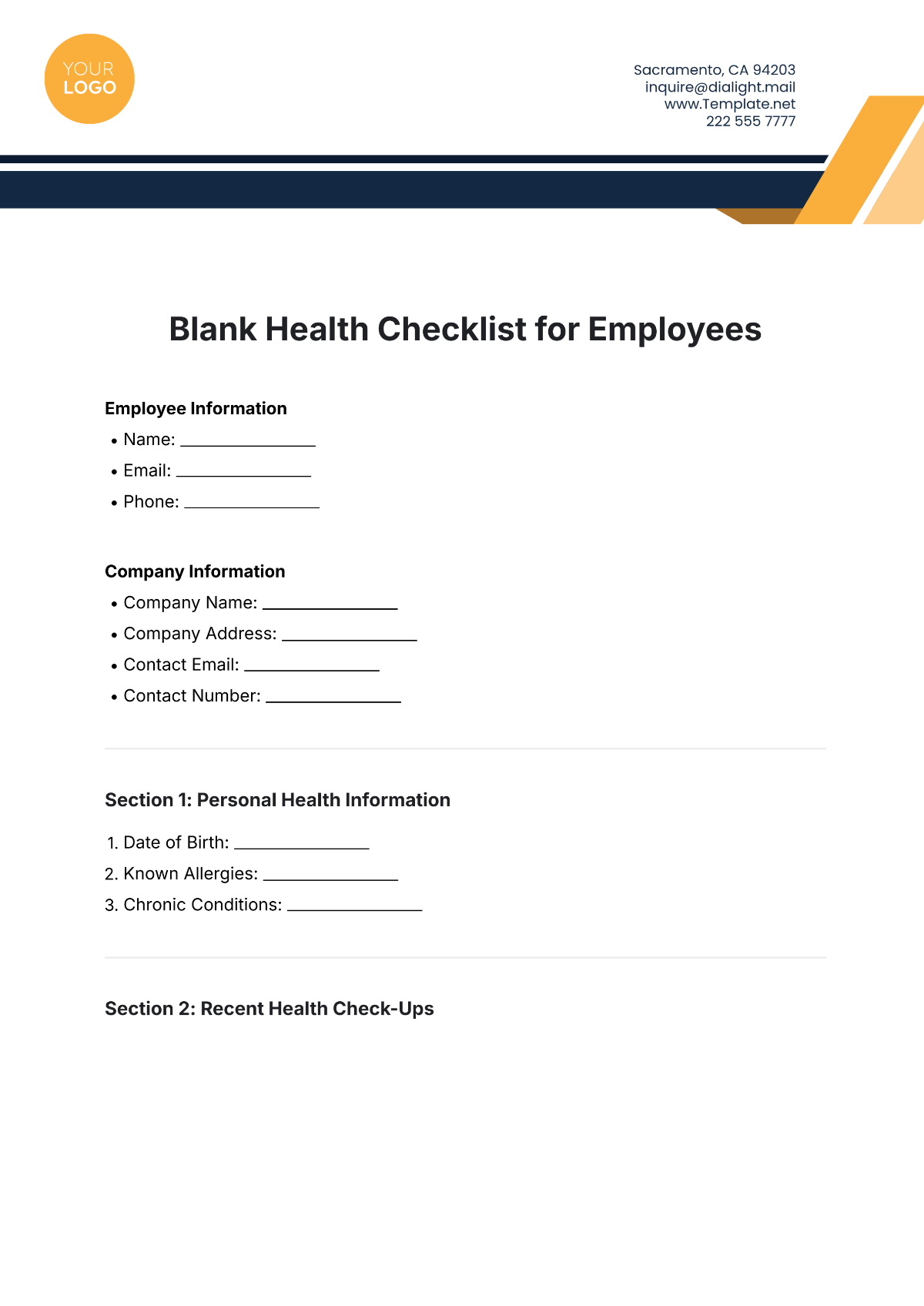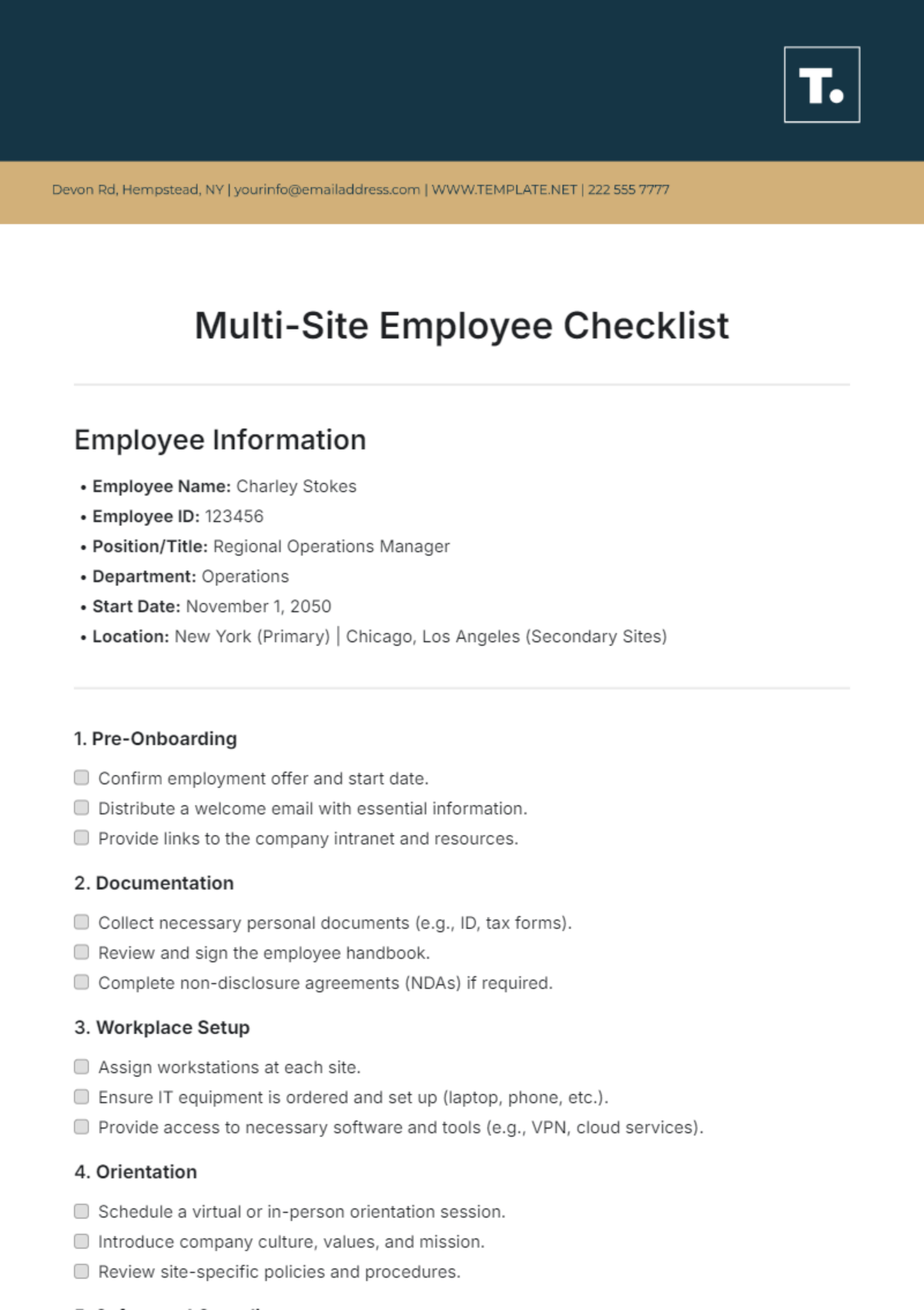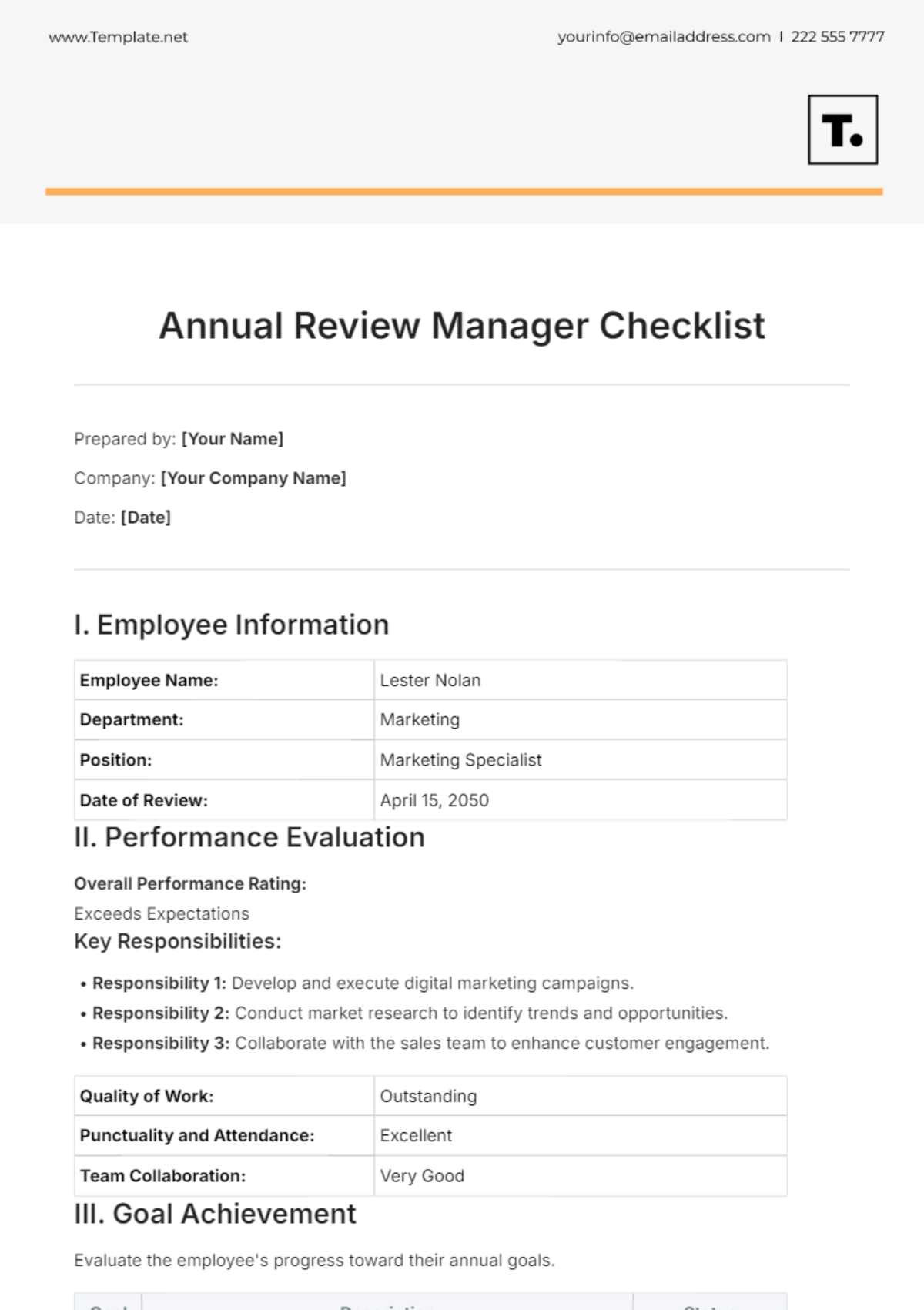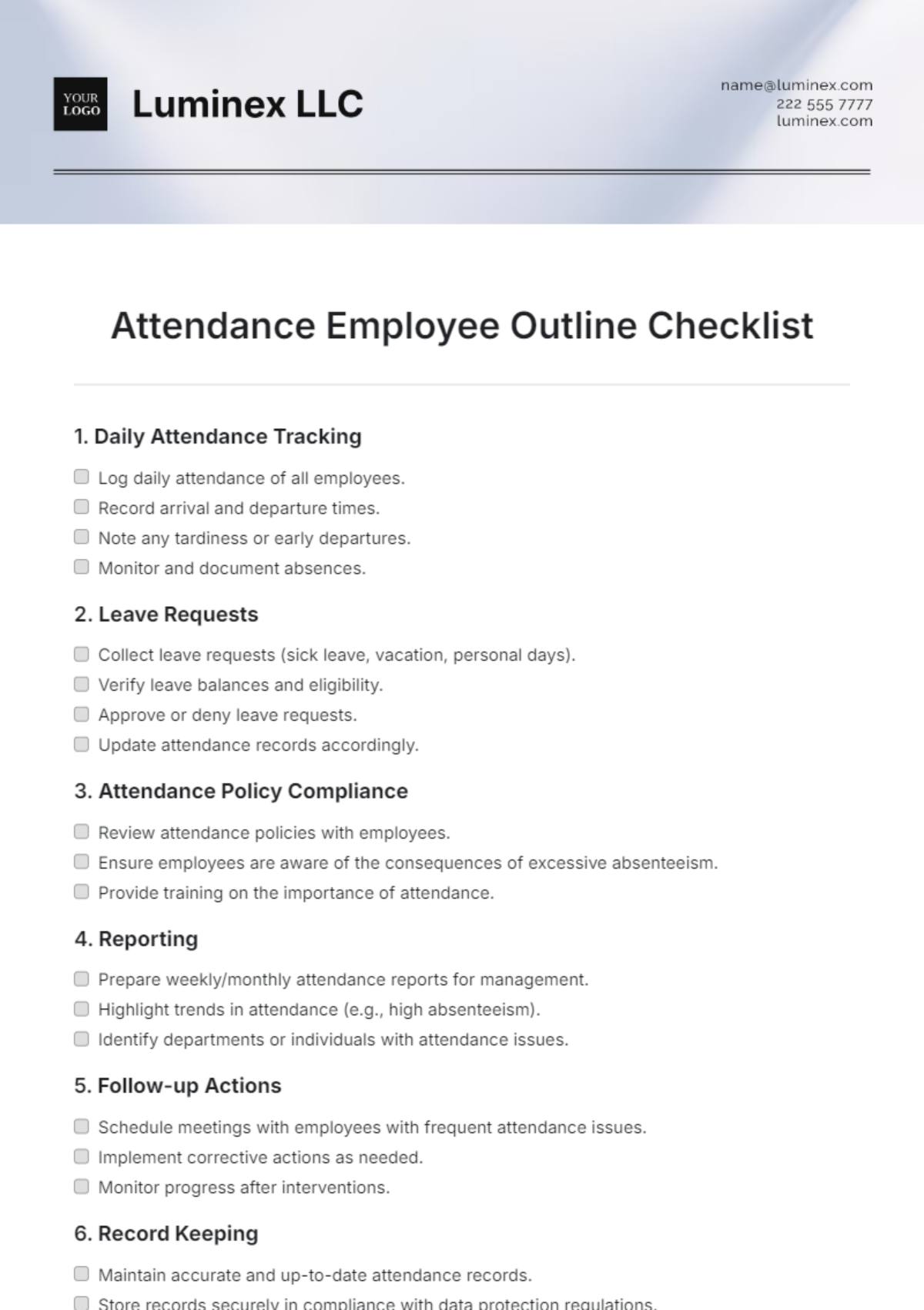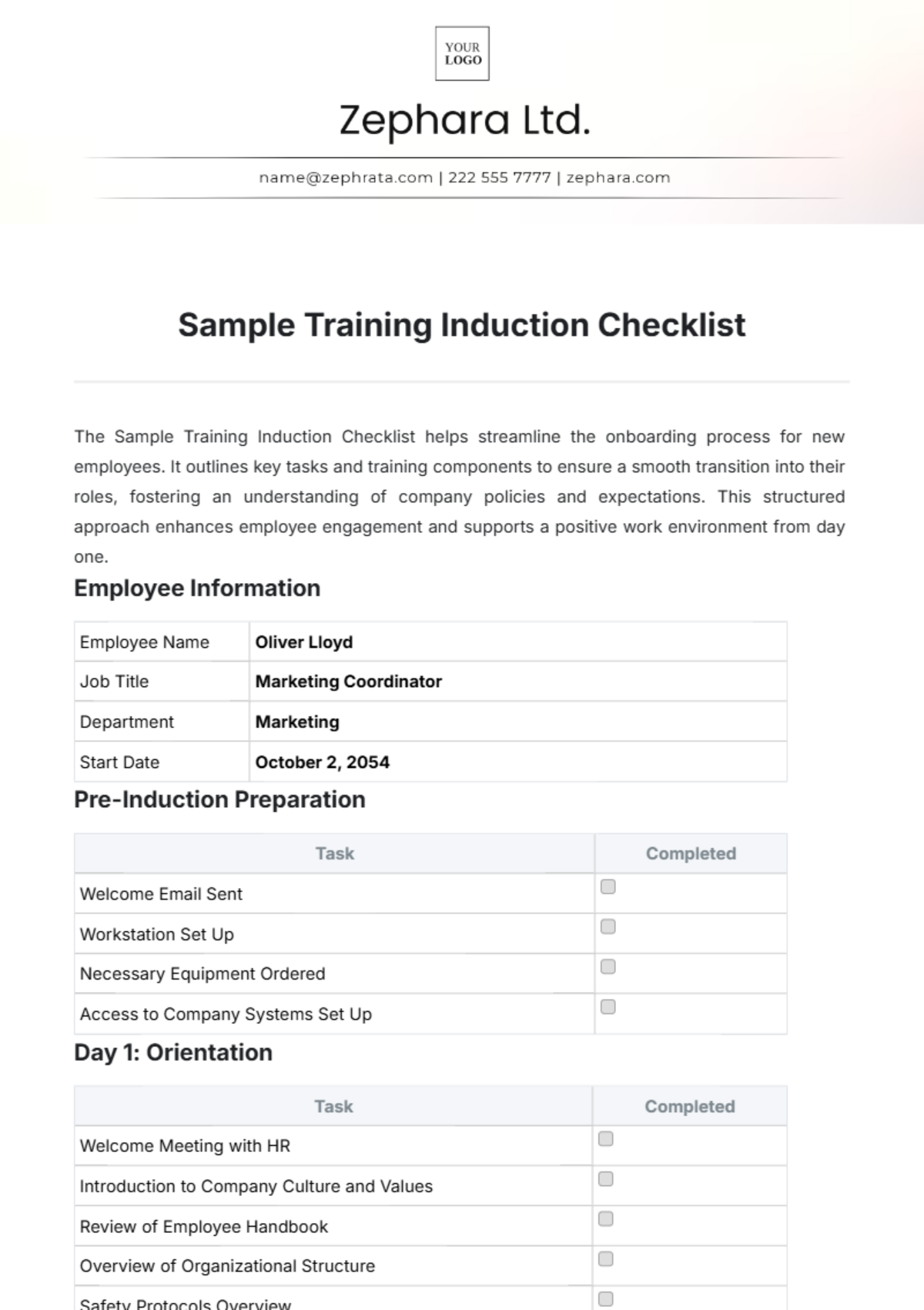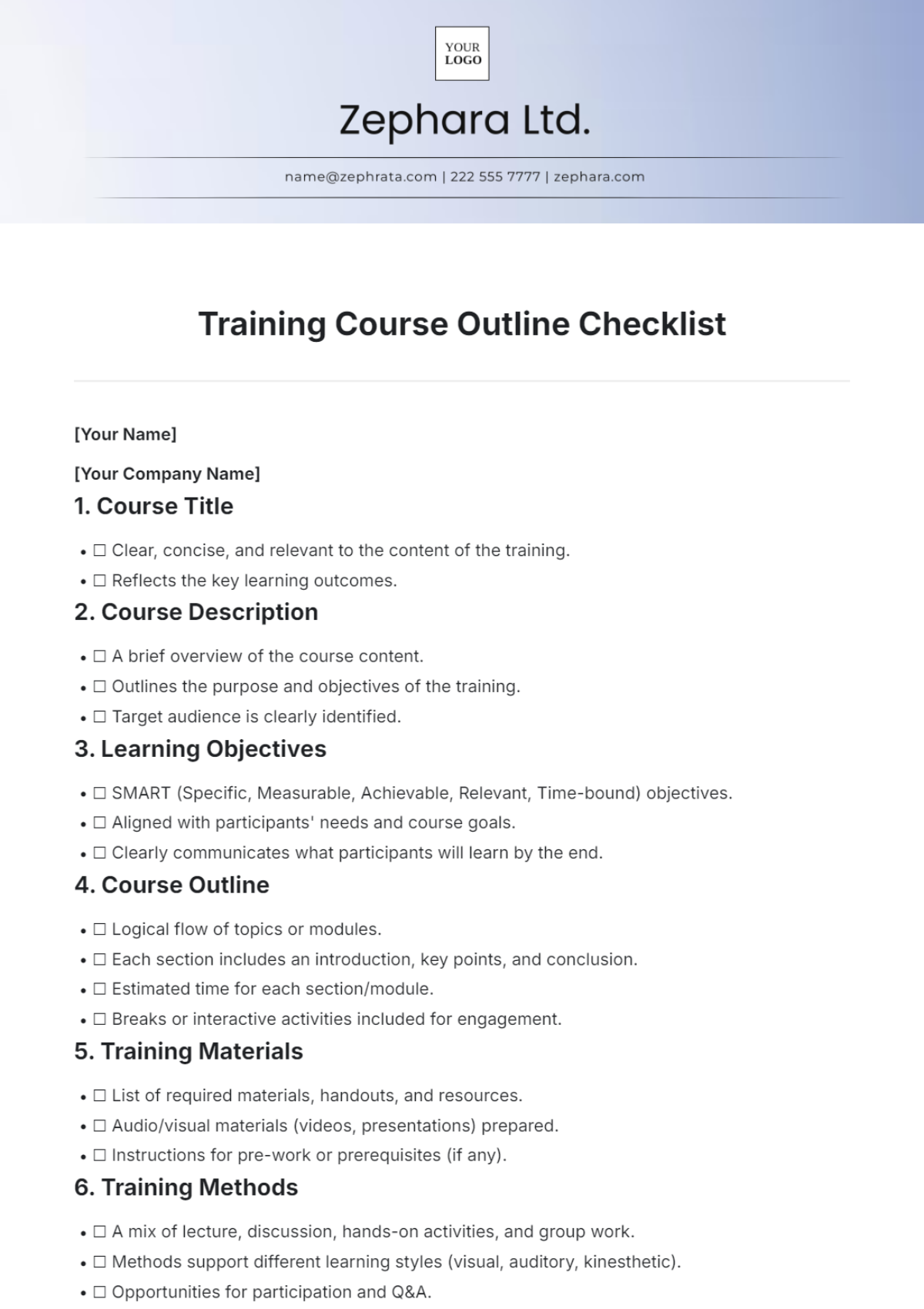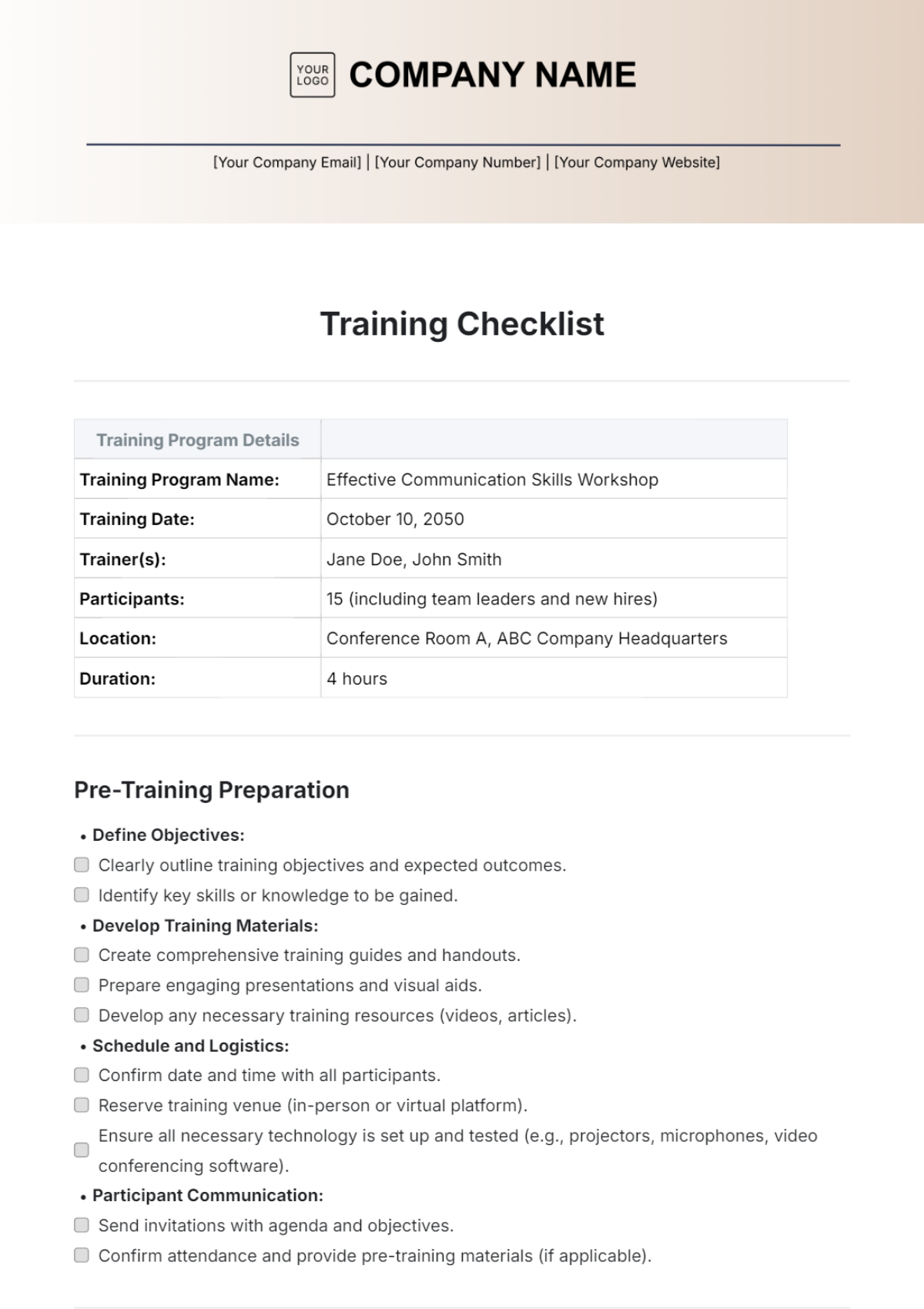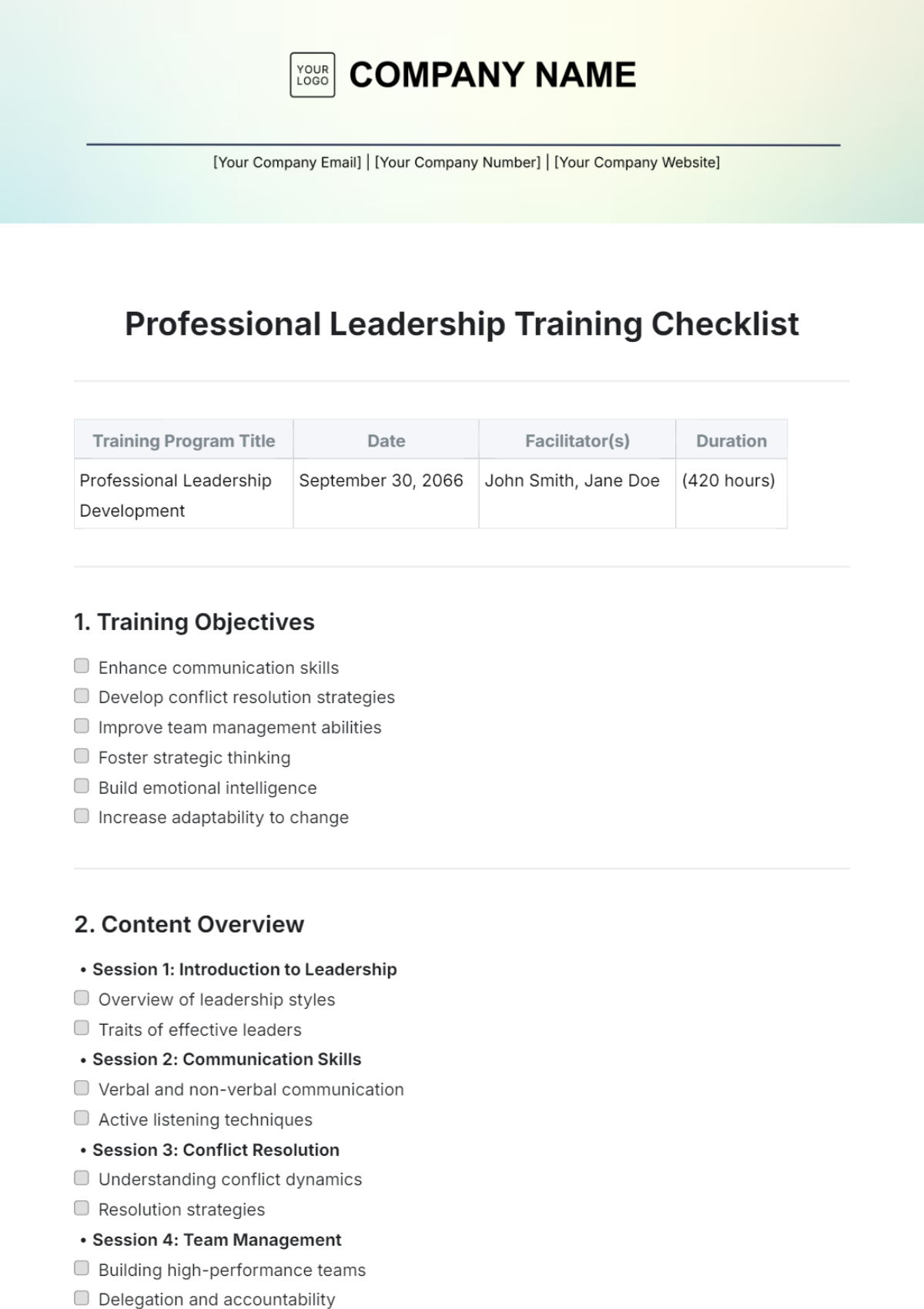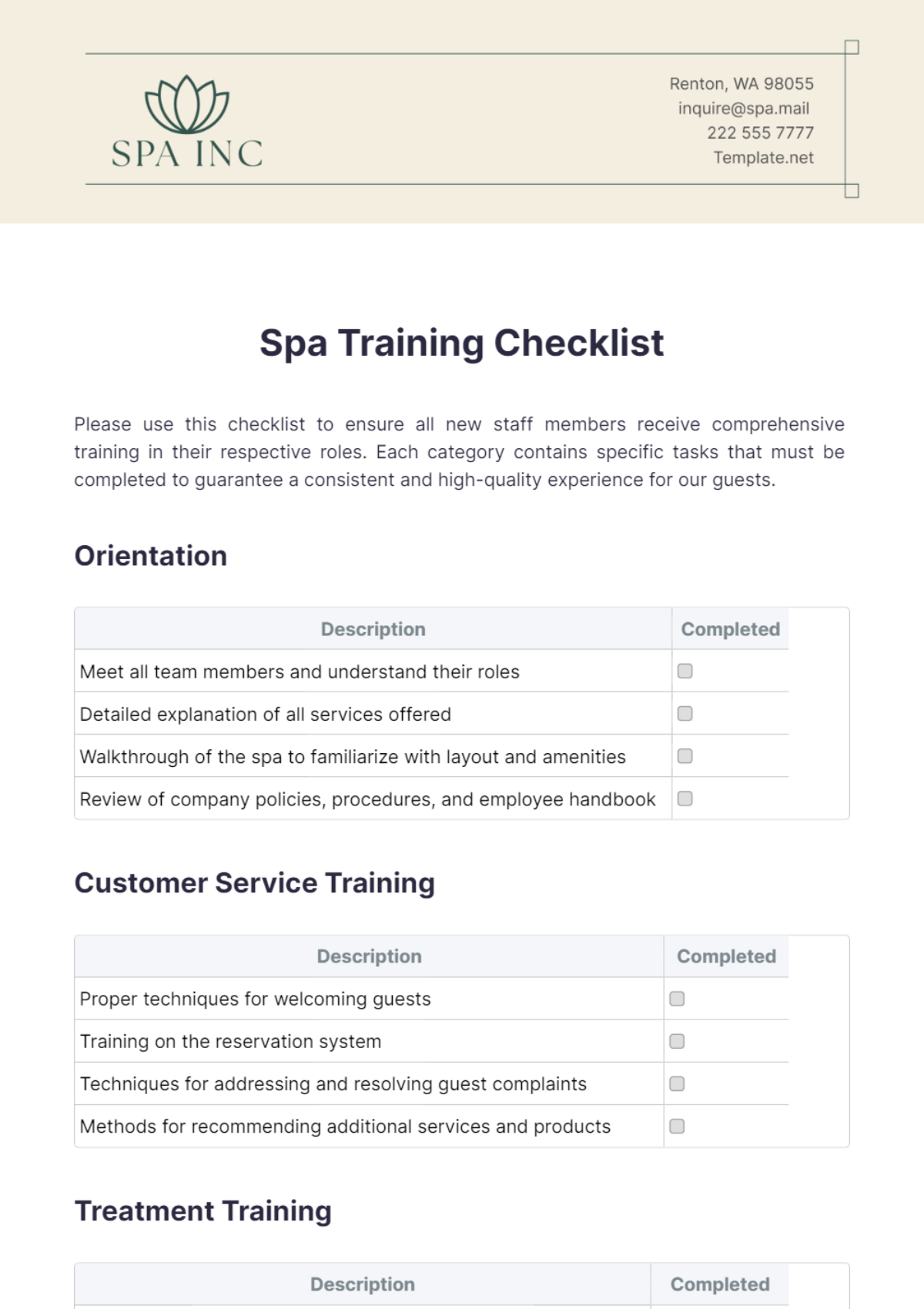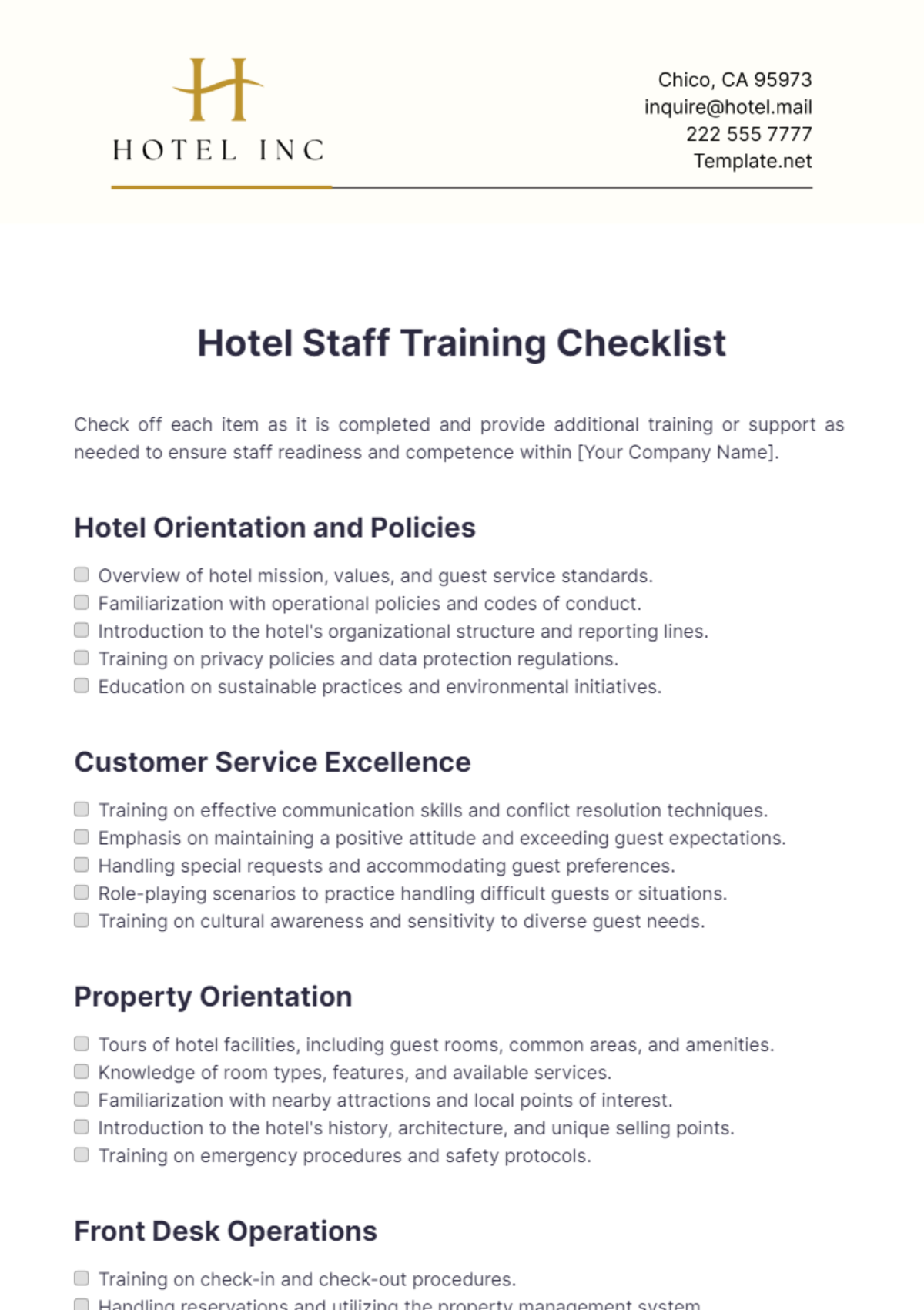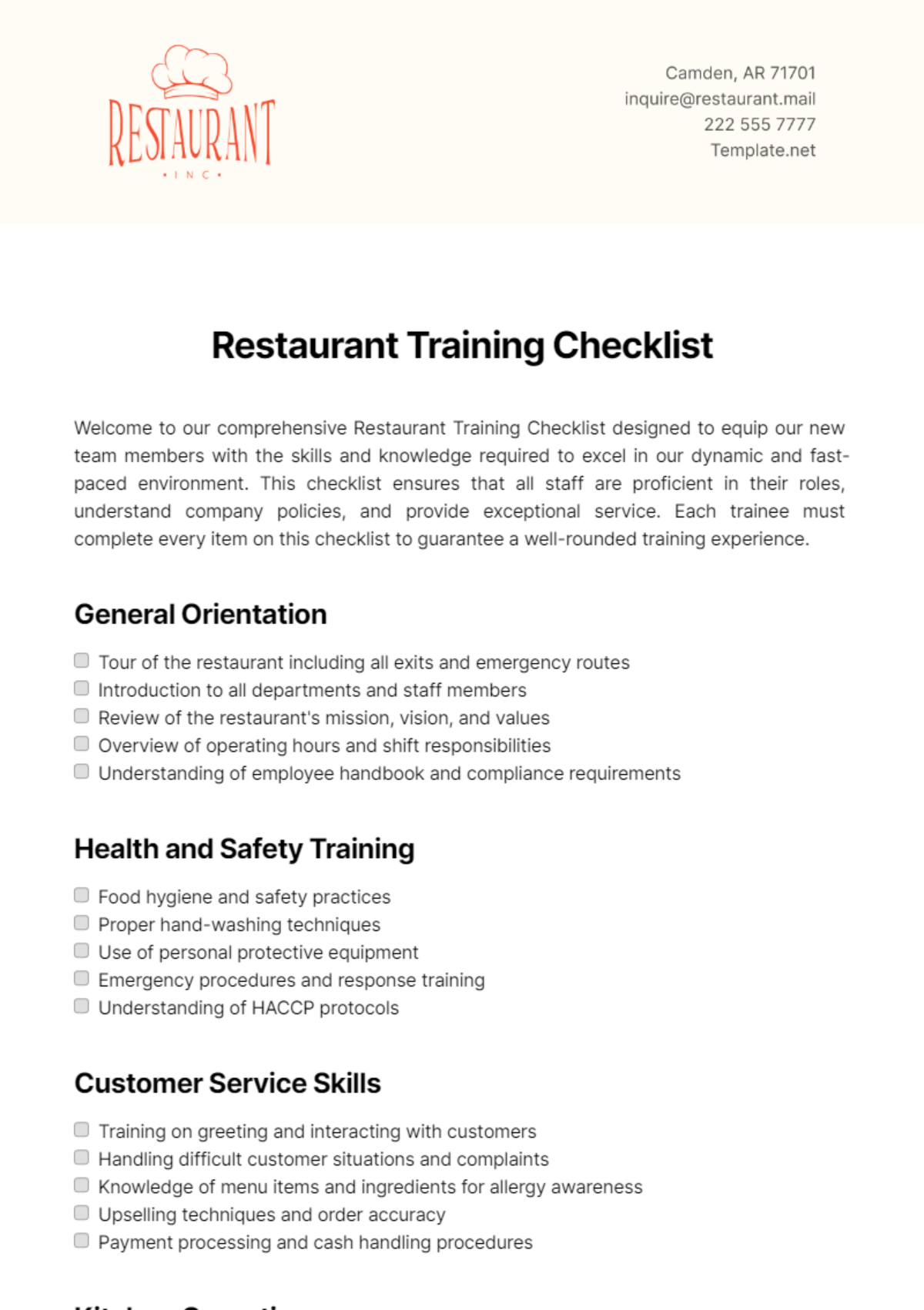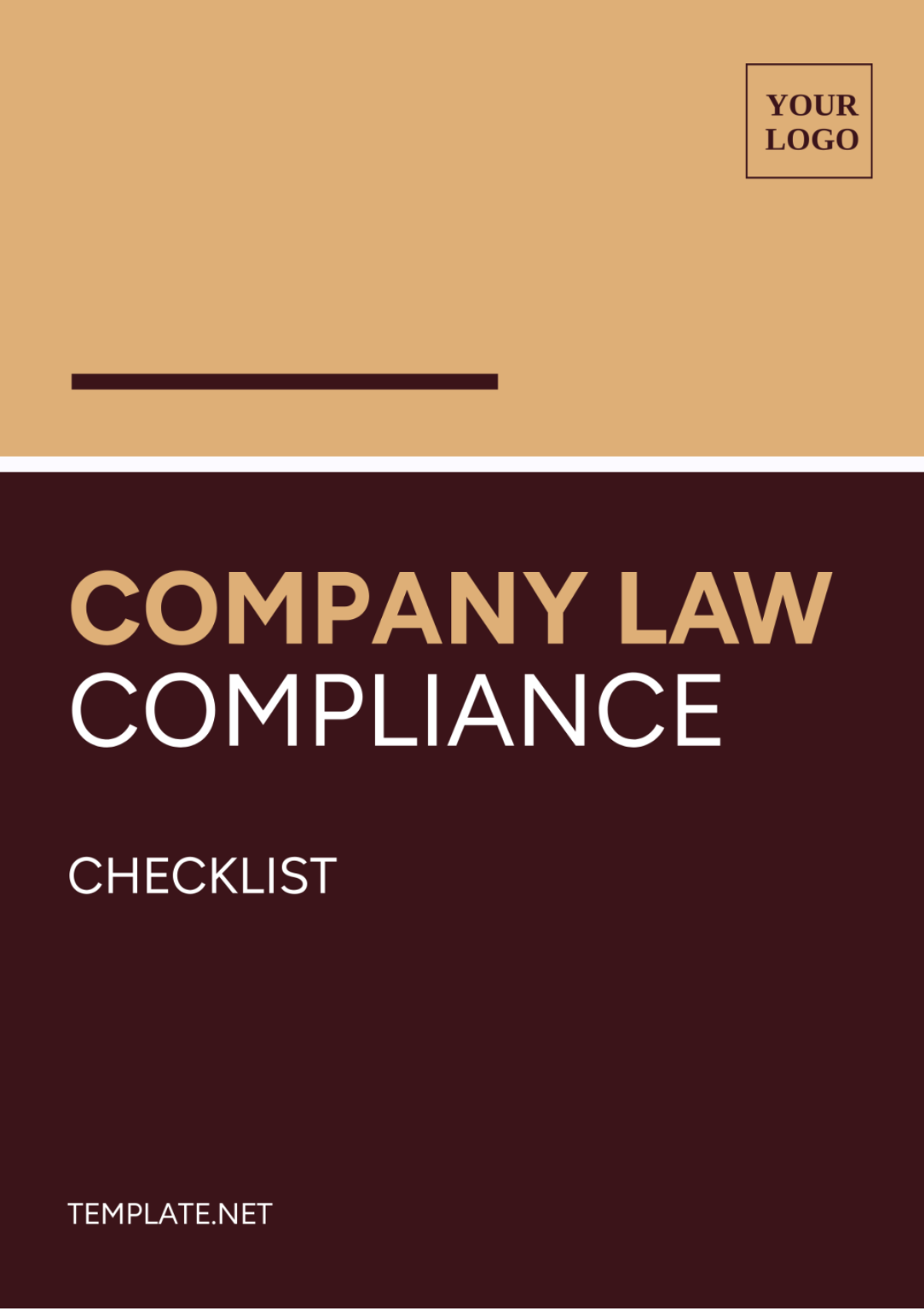Vehicle Checklist
May 12, 2068
Name:[ Your Name]
Company: [Your Company Name]
Address:[Your Company Address]
Before loading a vehicle with cargo, it's essential to ensure that the vehicle is in optimal condition to handle the load safely and efficiently. A thorough pre-loading checklist helps minimize risks, ensures compliance with regulations, and promotes safe transportation practices.
Weight Capacity and Distribution
Determine the vehicle's maximum payload capacity and ensure that the total weight of the cargo does not exceed this limit.
Distribute the load evenly and securely within the vehicle to maintain stability and prevent shifting during transit.
Vehicle Inspection
Conduct a visual inspection of the vehicle's exterior for any signs of damage, including dents, scratches, or corrosion.
Check the tires for proper inflation, tread depth, and any signs of wear or damage. Ensure they can support the intended load.
Inspect the suspension system for signs of wear or damage that could affect the vehicle's ability to handle the load.
Braking System
Test the braking system to ensure it is functioning properly.
Check for any signs of brake fluid leaks or worn brake pads.
Verify that the parking brake engages and disengages smoothly.
Lights and Signals
Test all exterior lights, including headlights, taillights, brake lights, turn signals, and hazard lights, to ensure they are operational.
Verify that reflectors and reflective tape are present and visible, especially for nighttime driving.
Securement Devices
Inspect tie-down points, straps, chains, and other securing devices to ensure they are in good condition and capable of securing the load effectively.
Check for any signs of wear or damage on securing equipment and replace as needed.
Fluid Levels
Check engine oil, transmission fluid, coolant, brake fluid, and power steering fluid levels to ensure they are at the appropriate levels for safe operation.
Top up fluids as necessary and address any leaks promptly.
Emergency Equipment
Ensure that emergency equipment such as a fire extinguisher, reflective triangles, and first aid kit are present and easily accessible.
Verify the availability of a spare tire, jack, lug wrench, and tire-changing tools.
